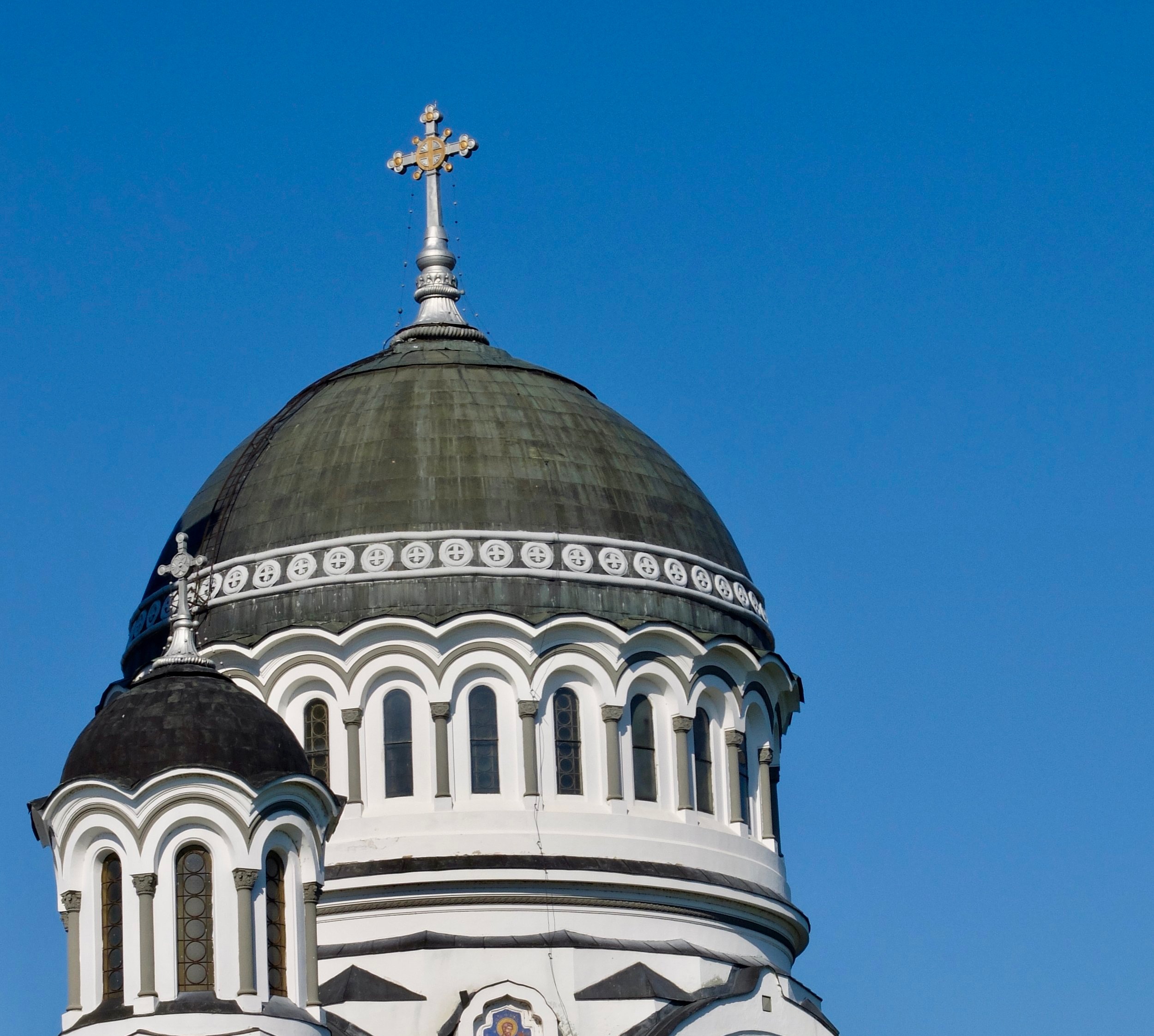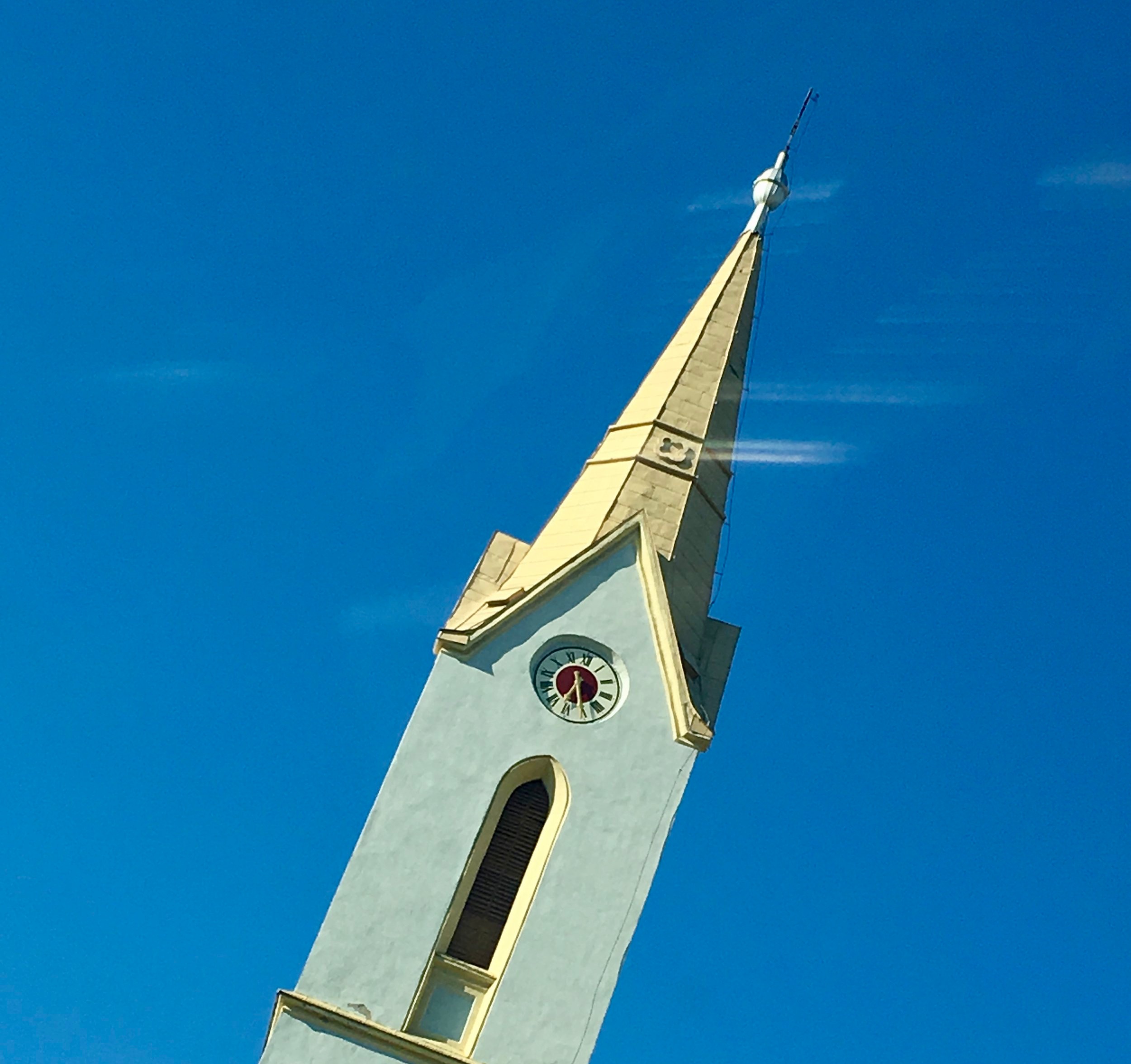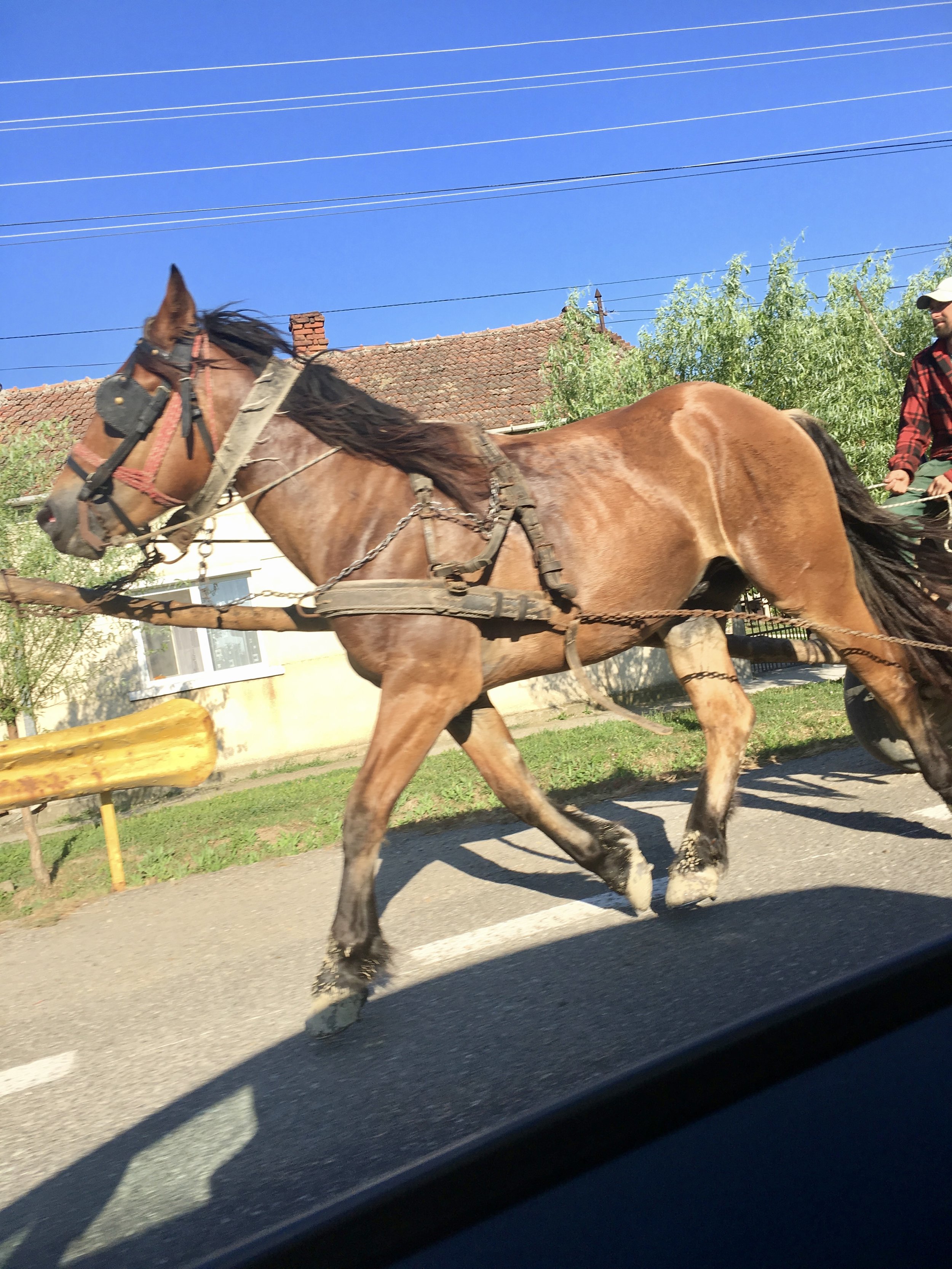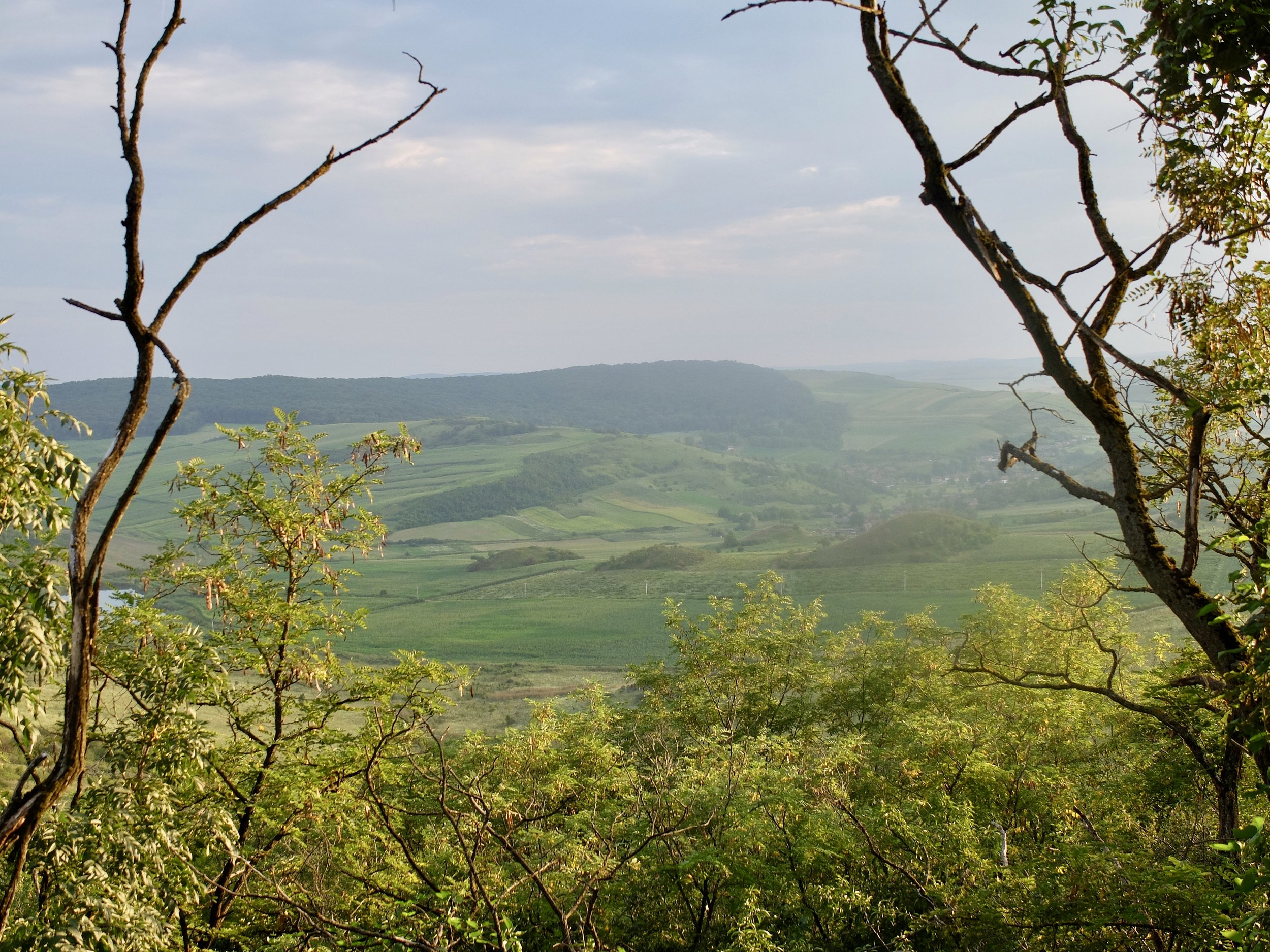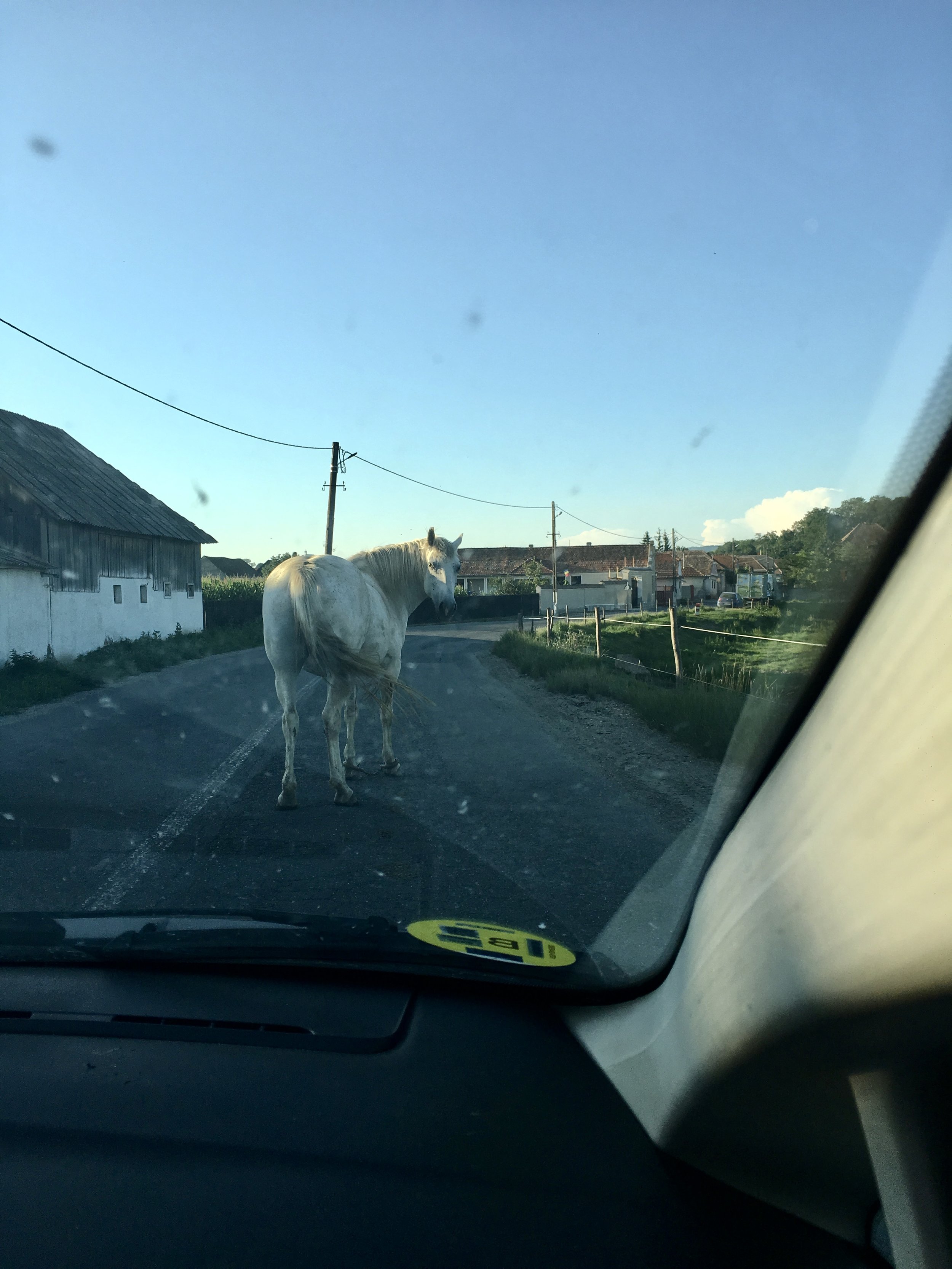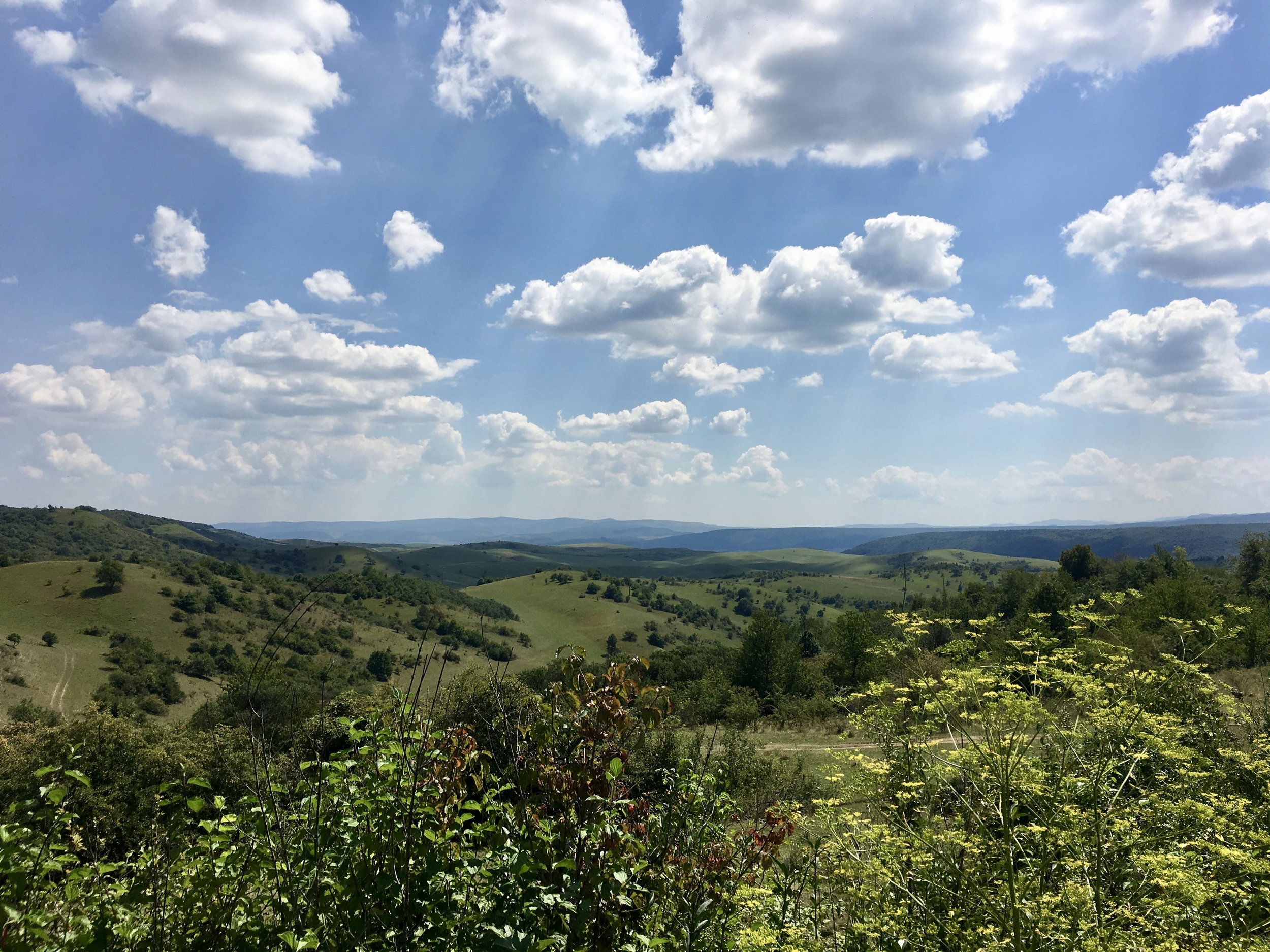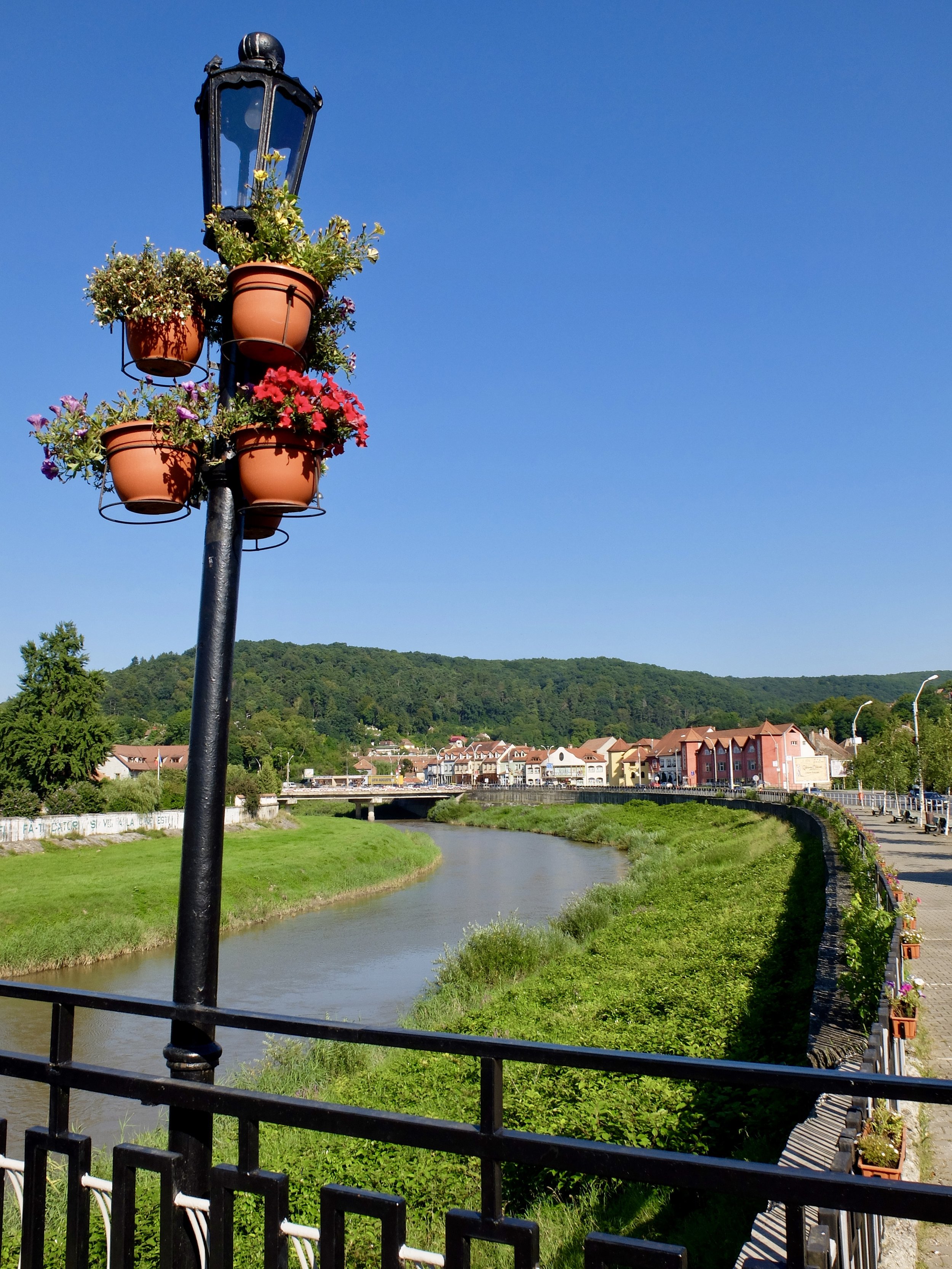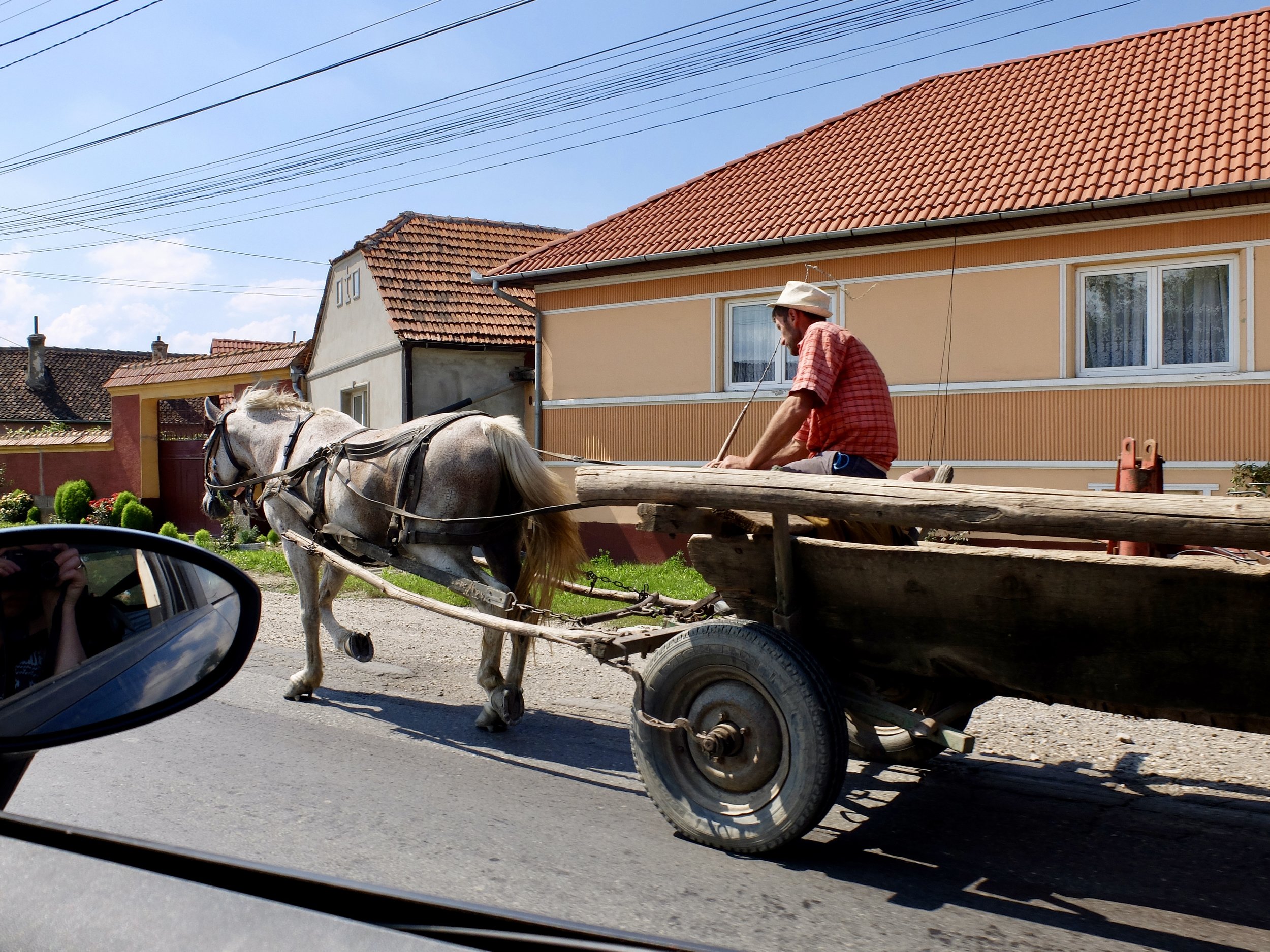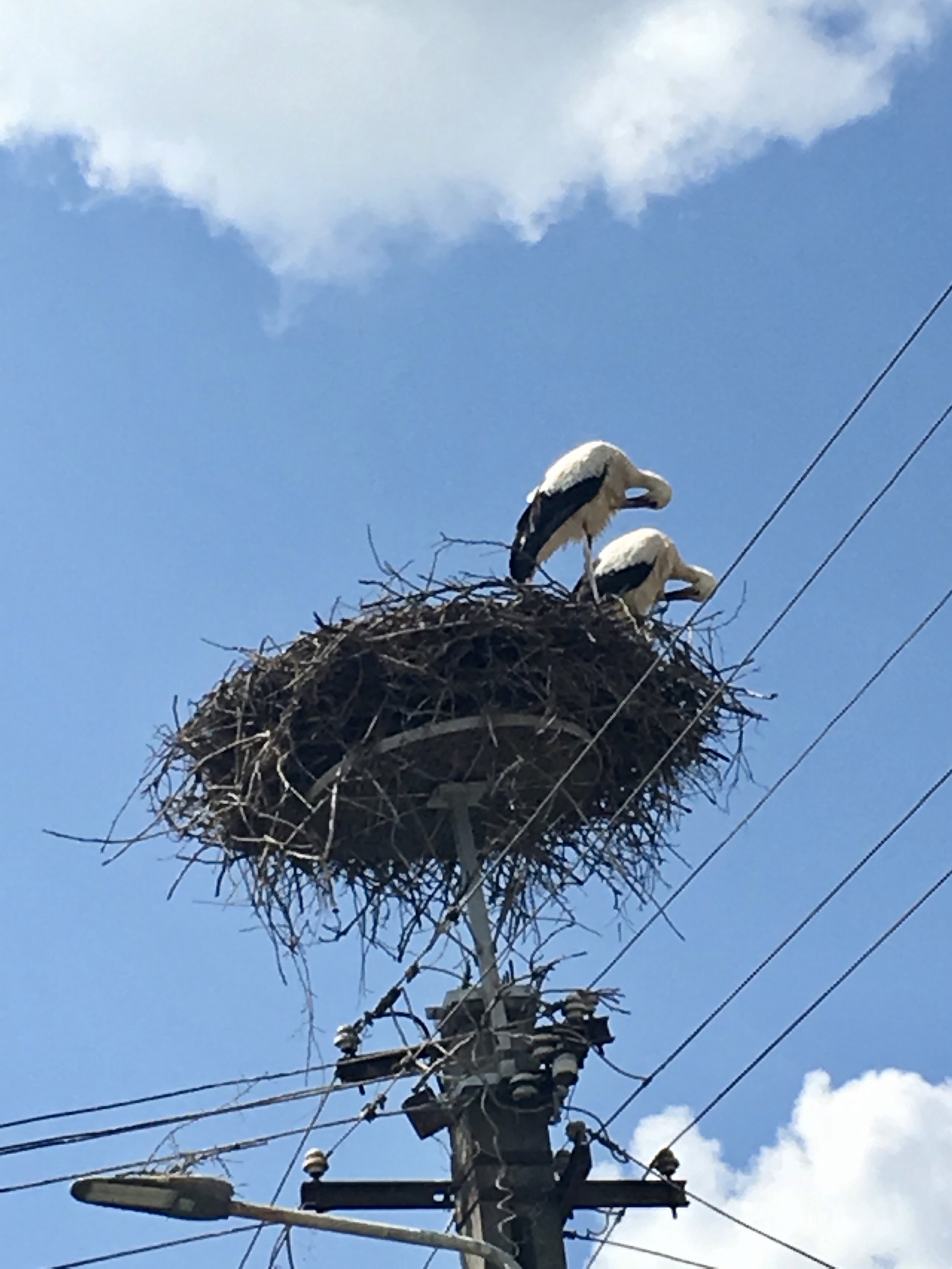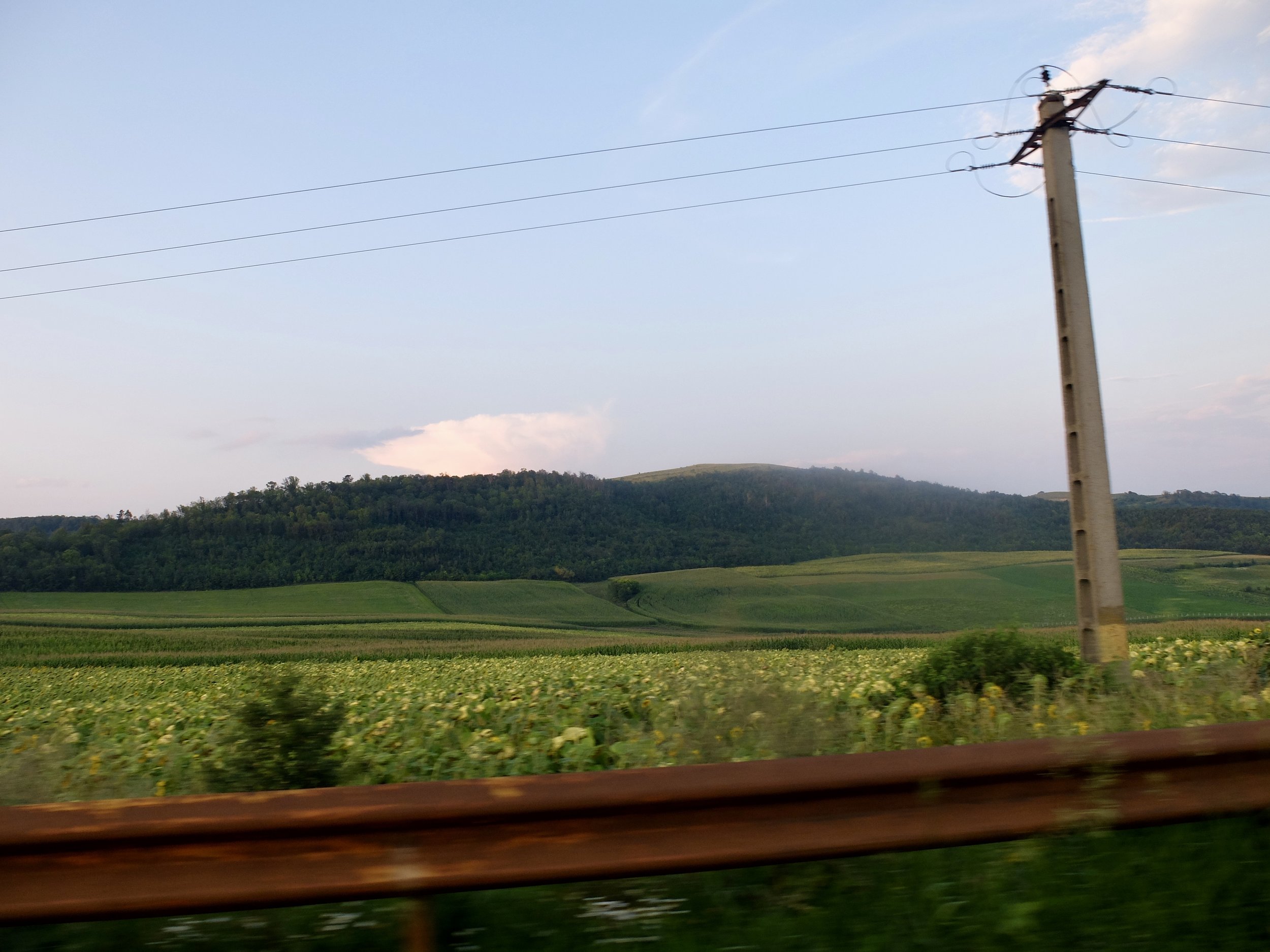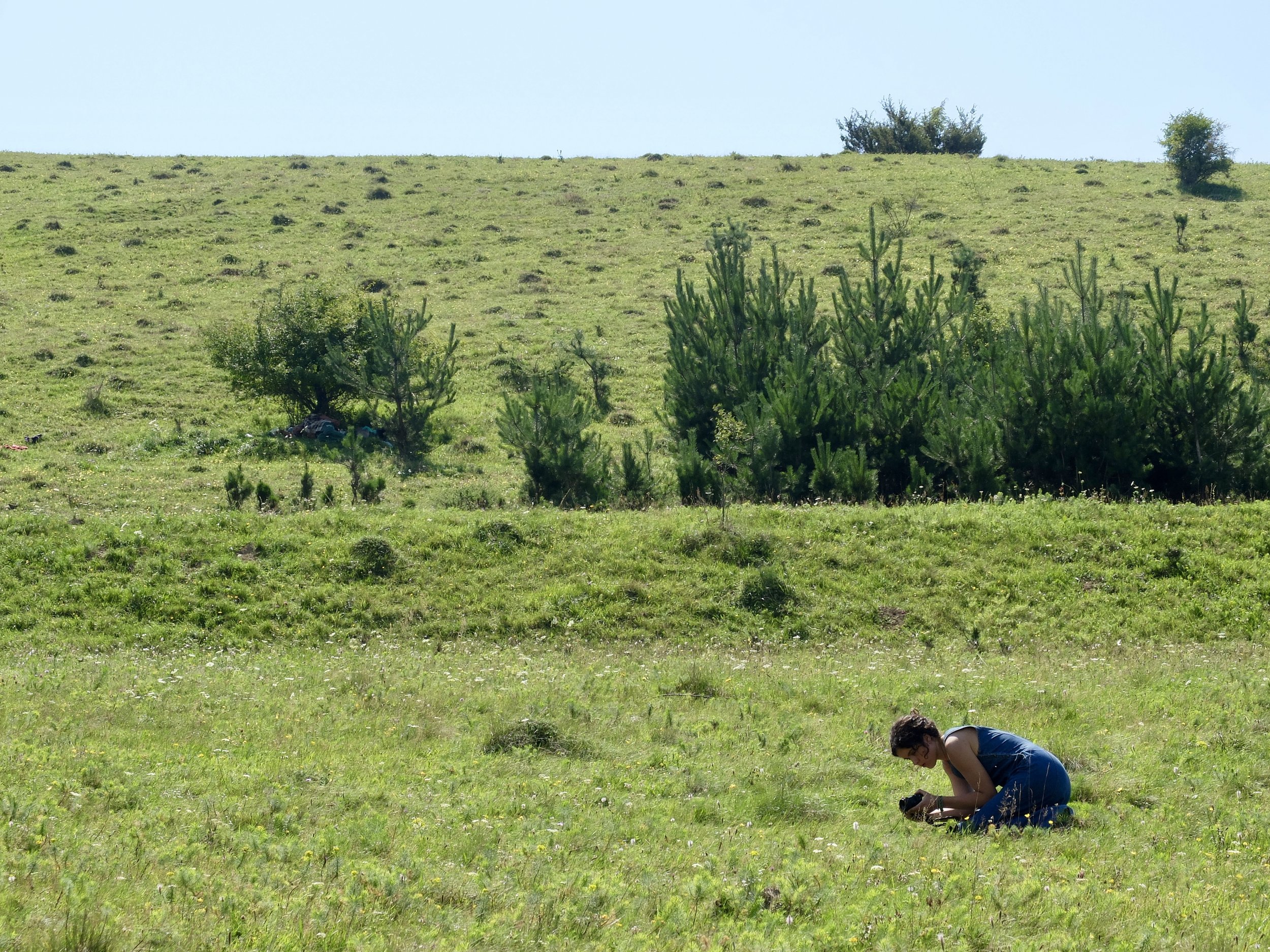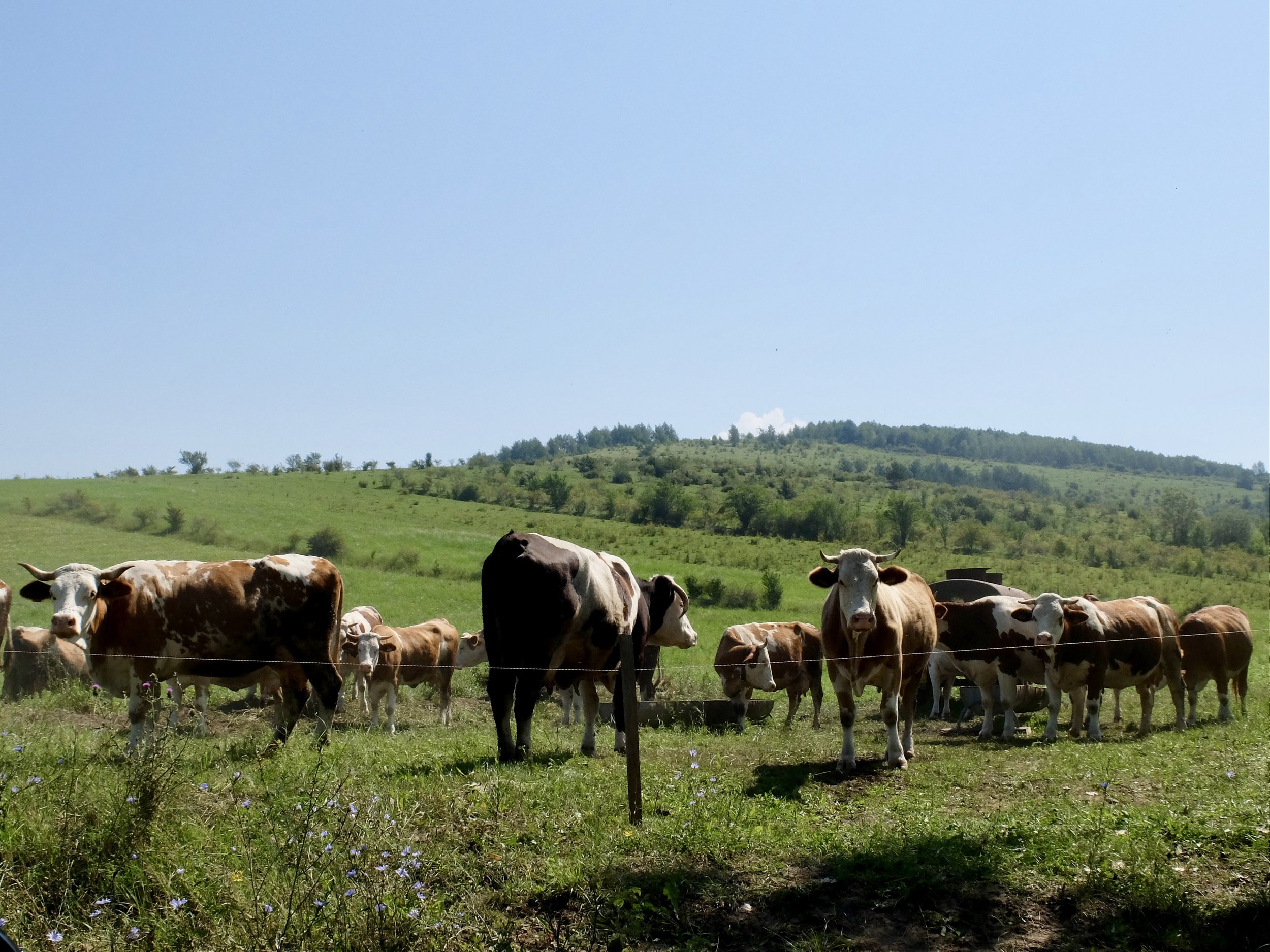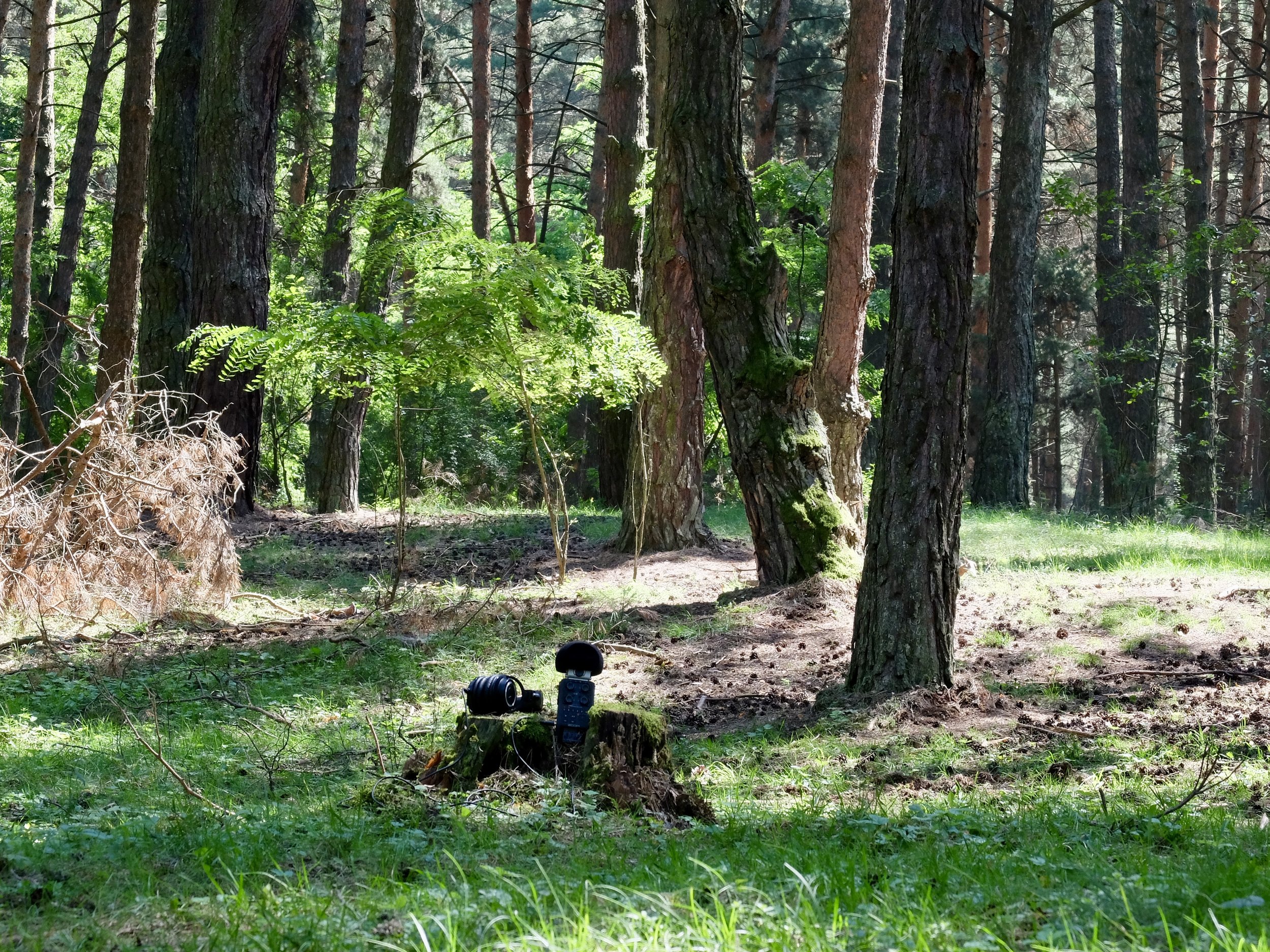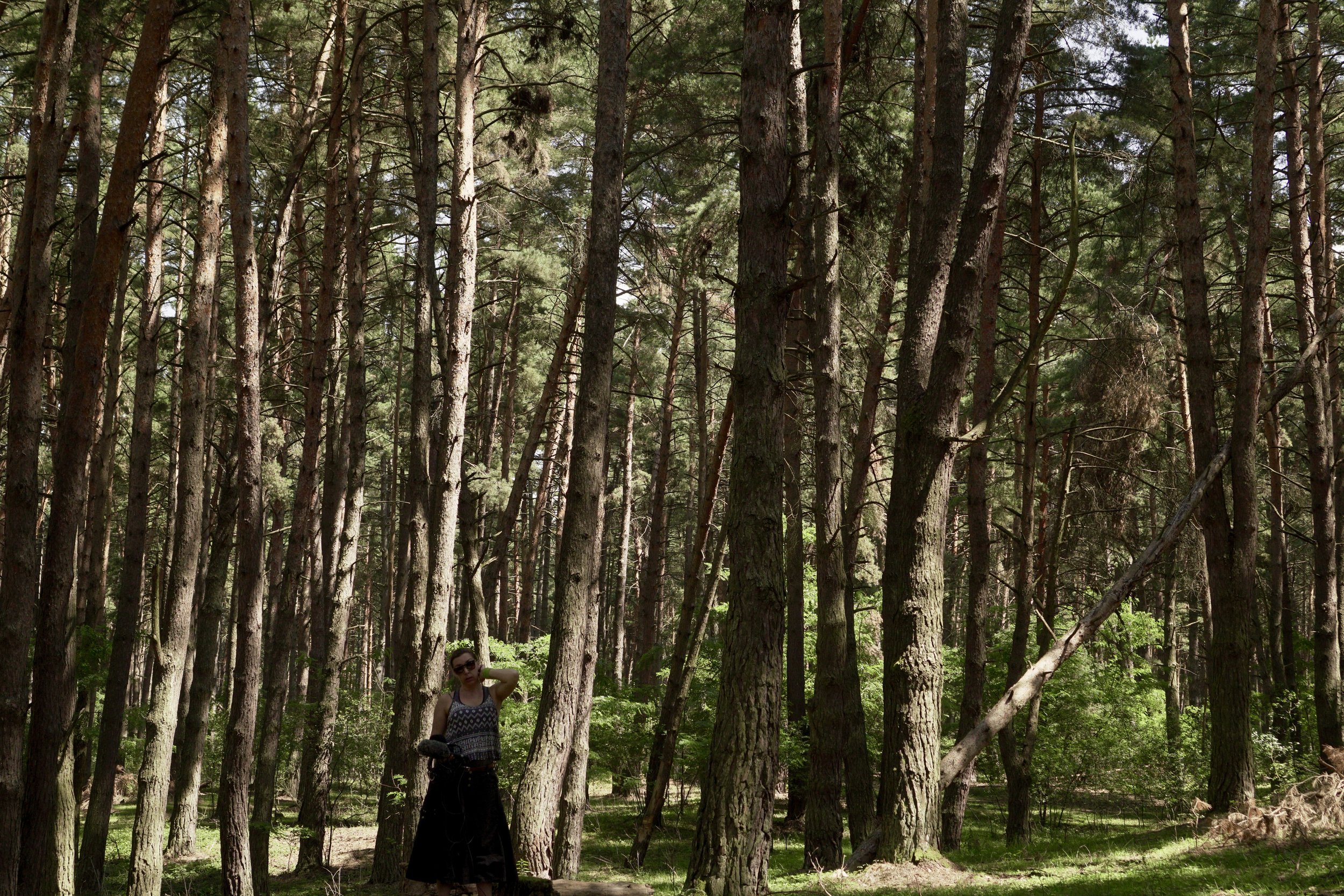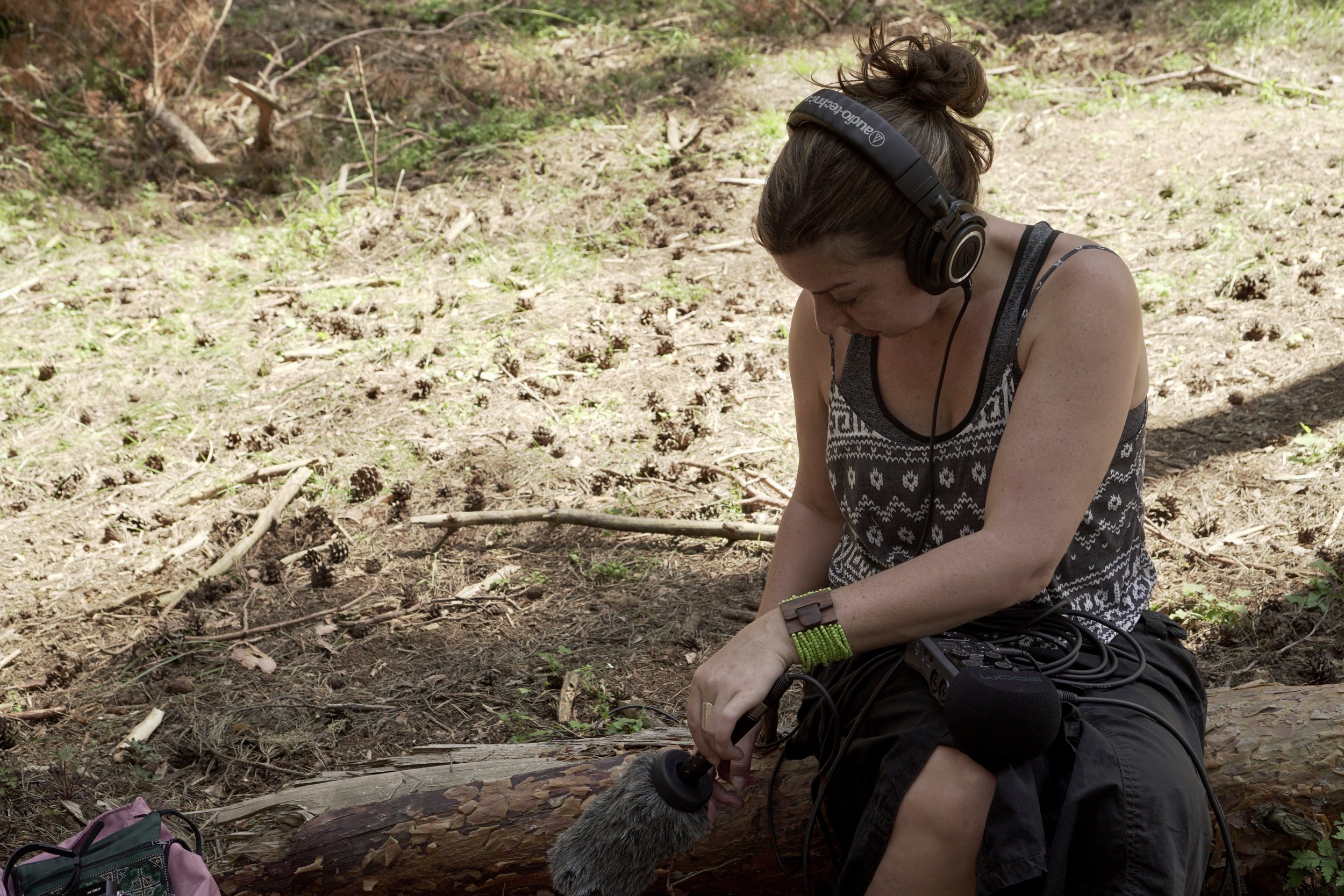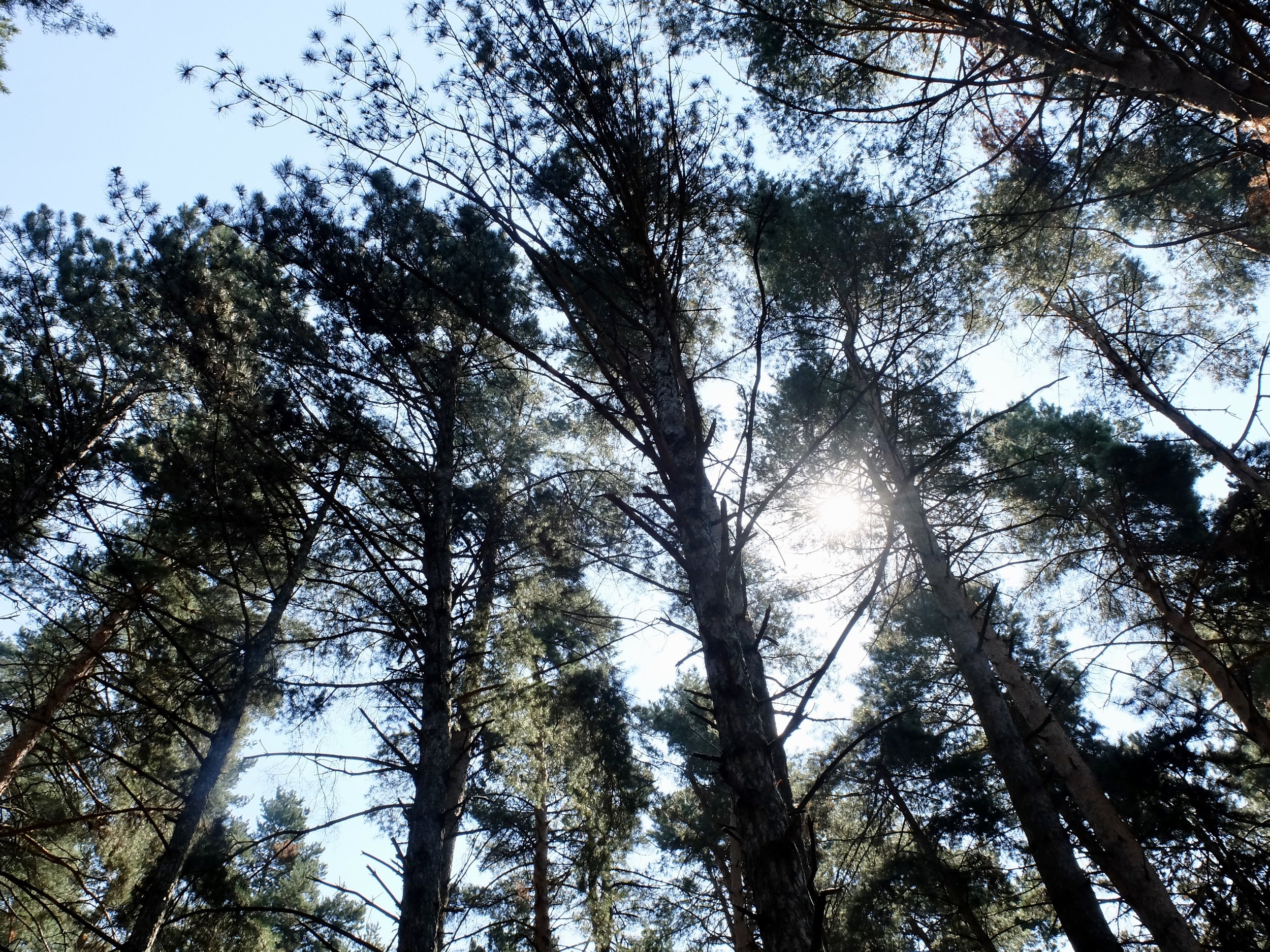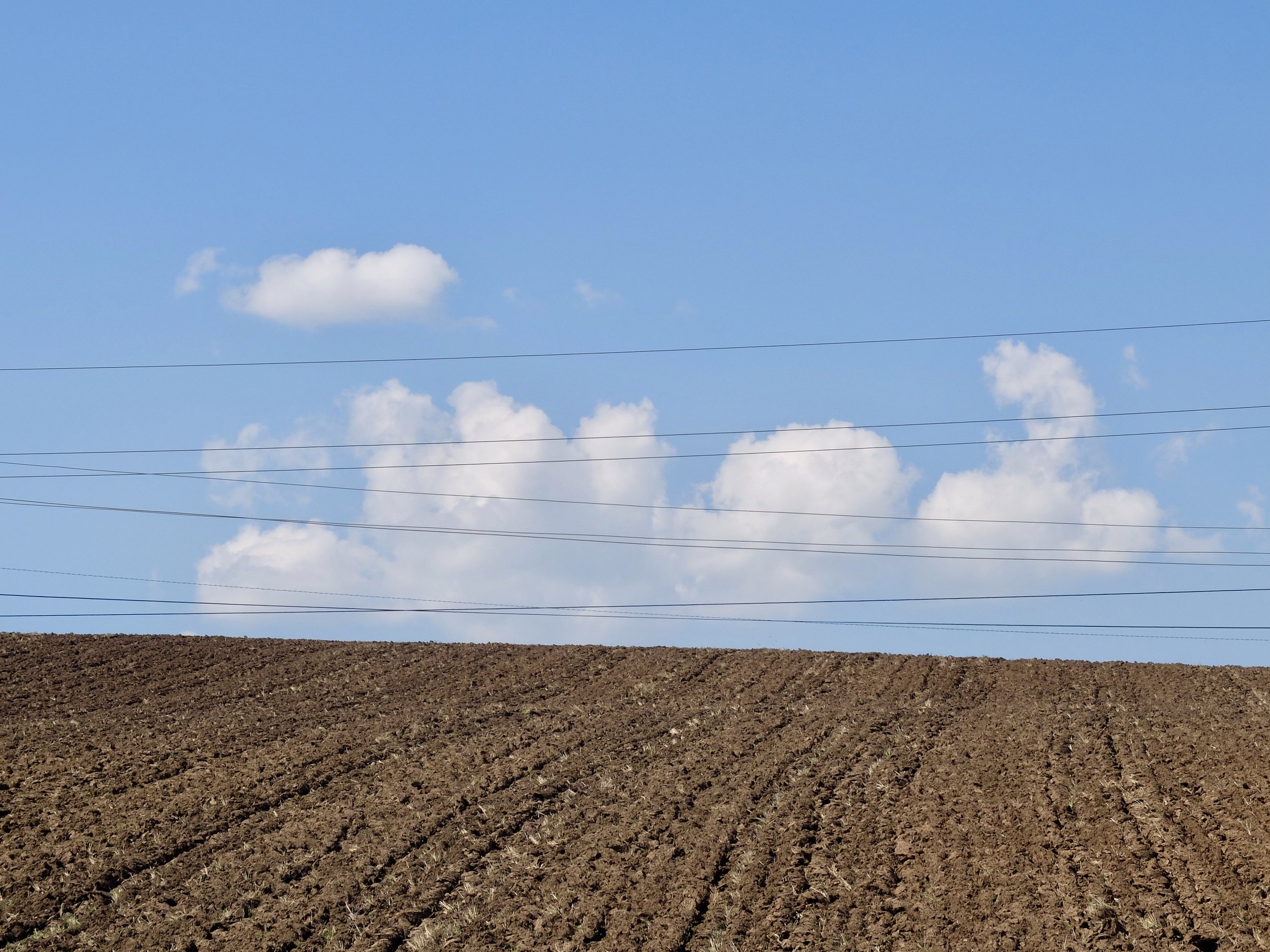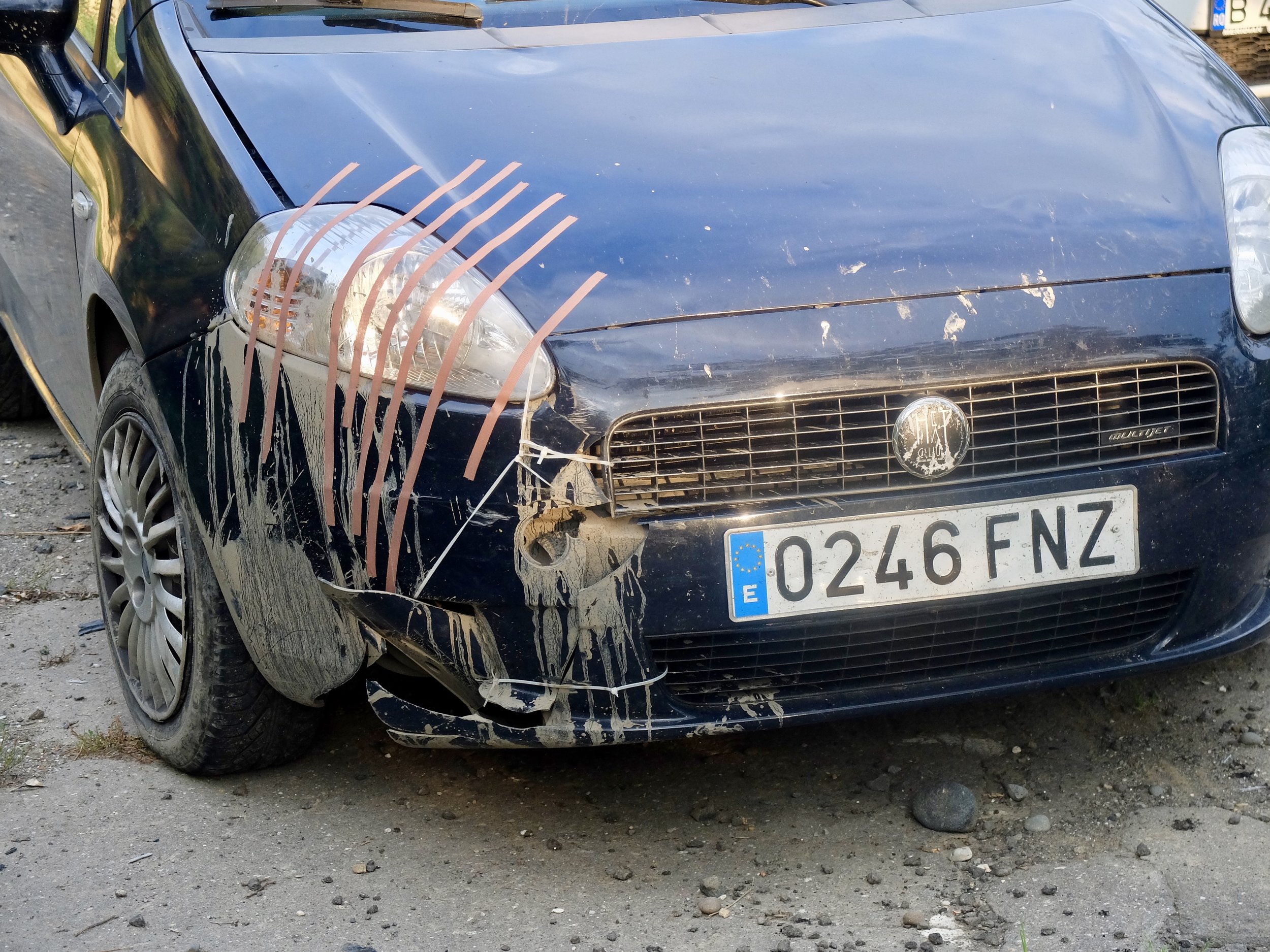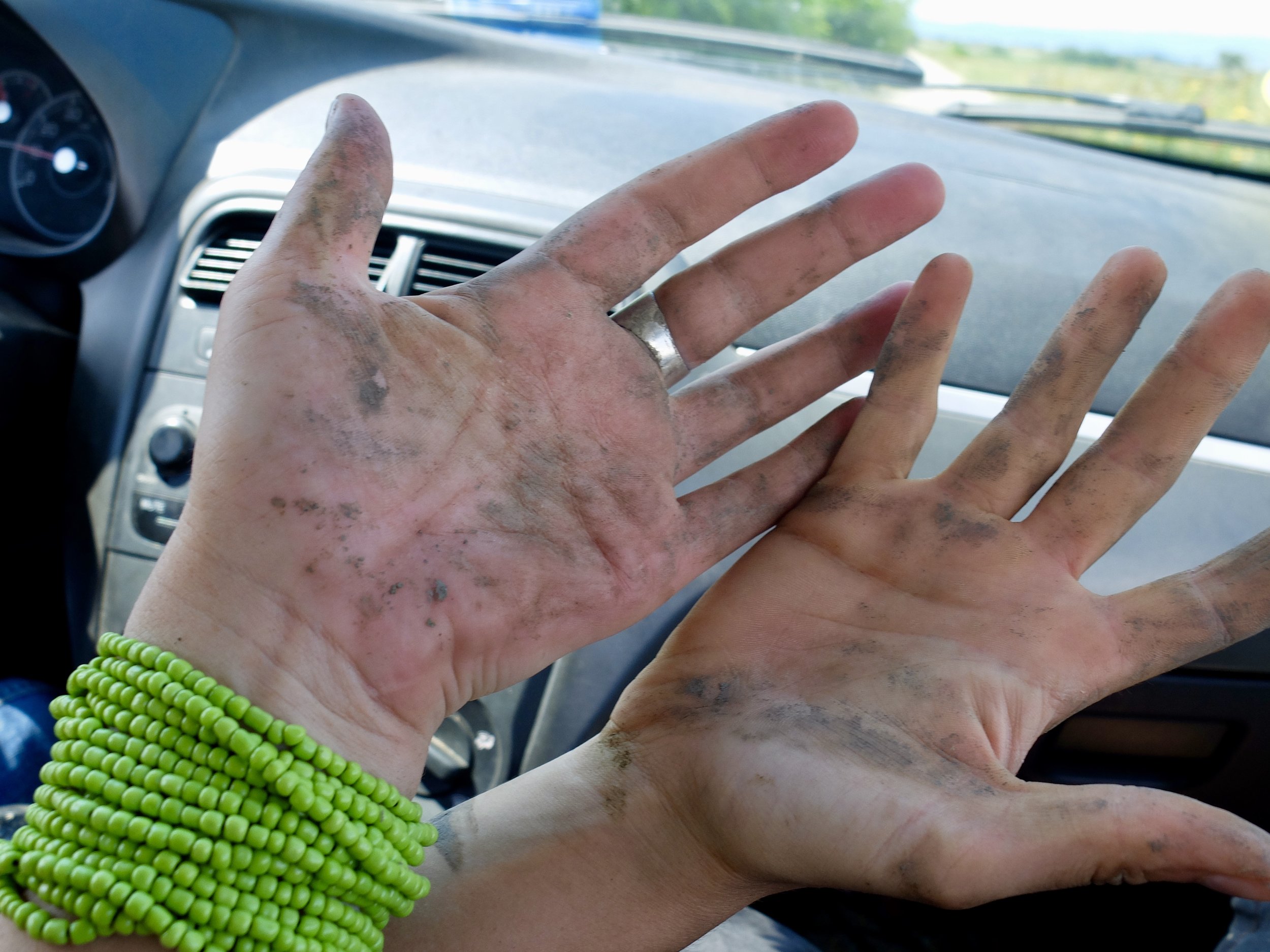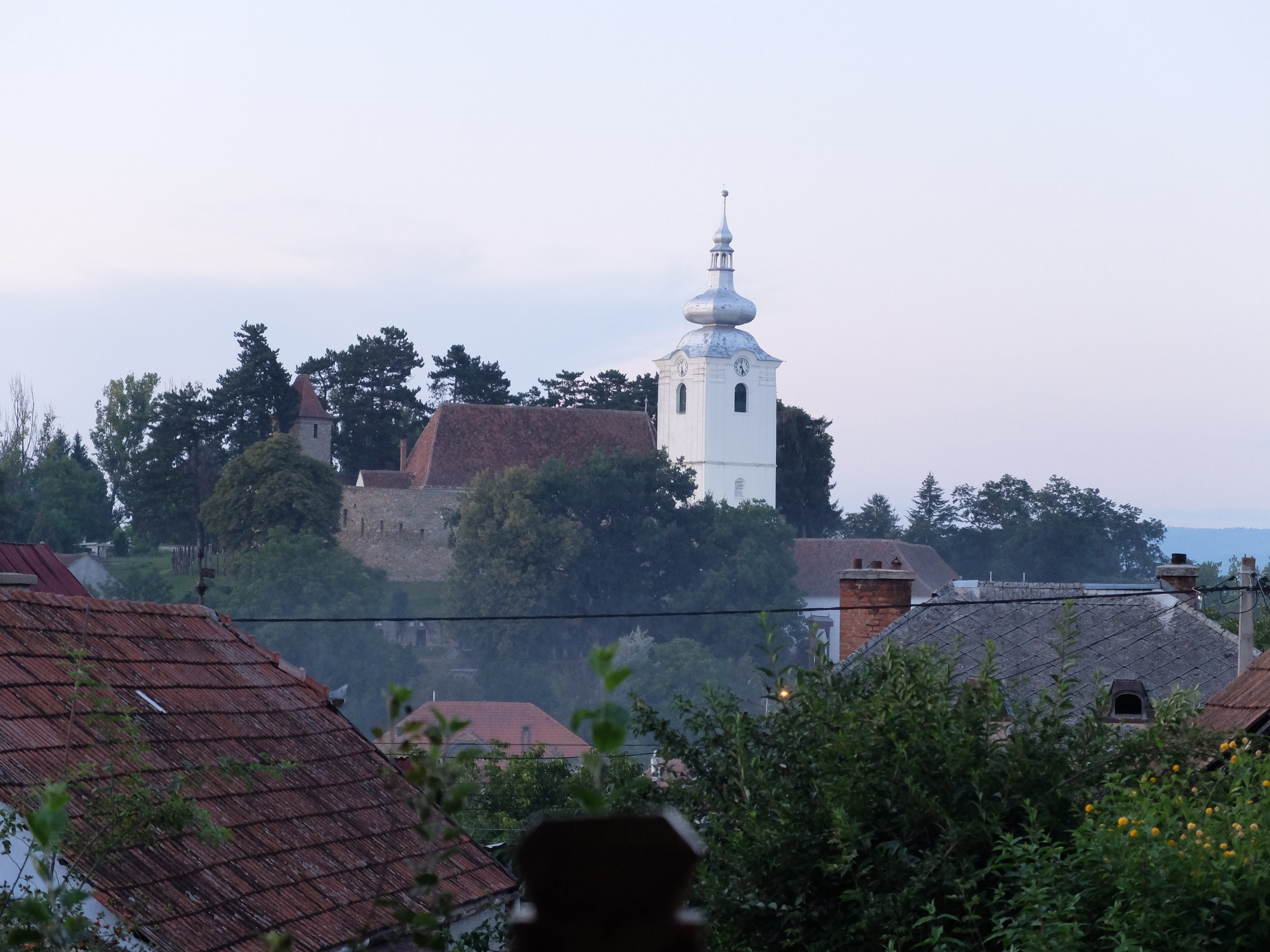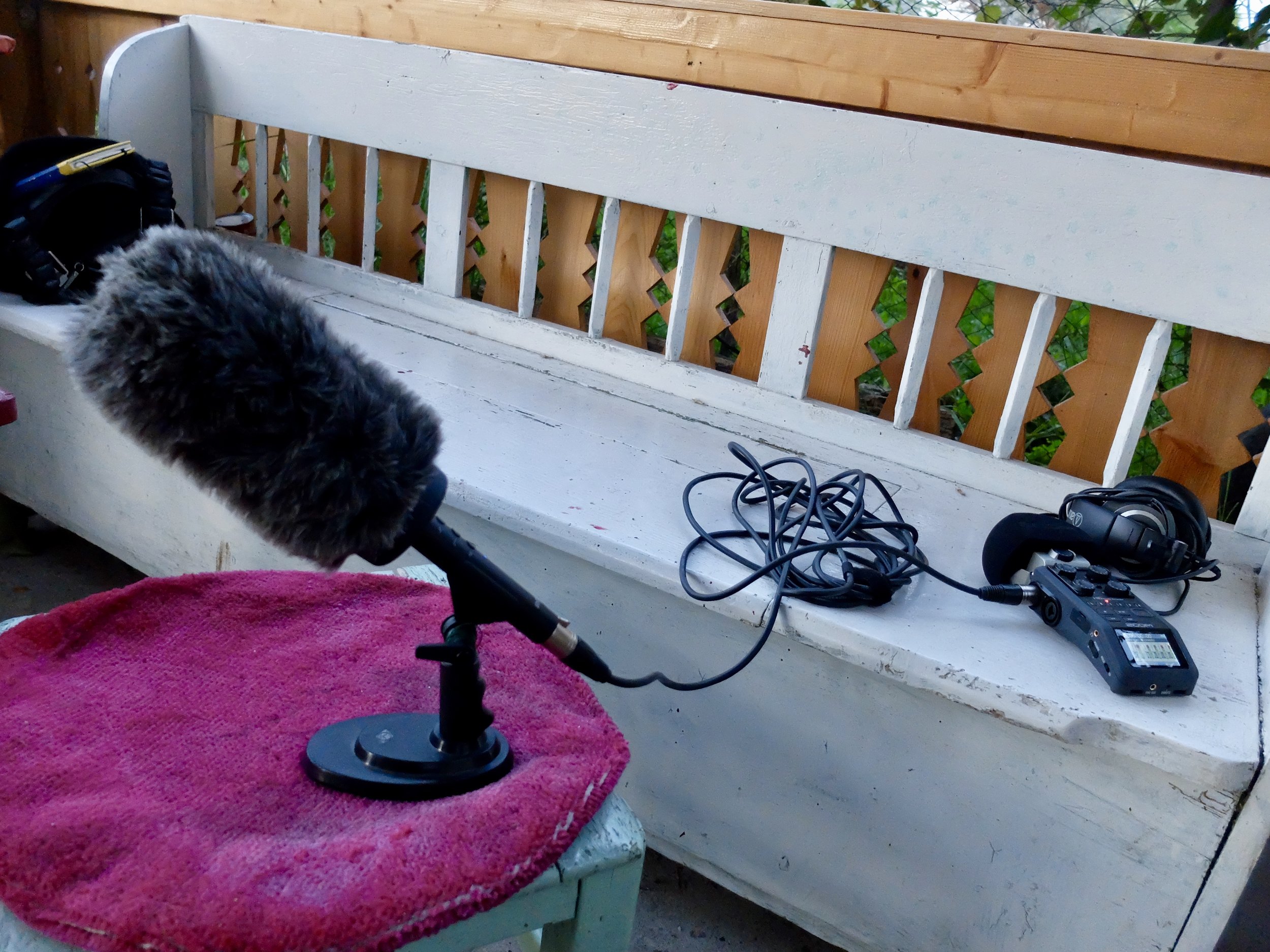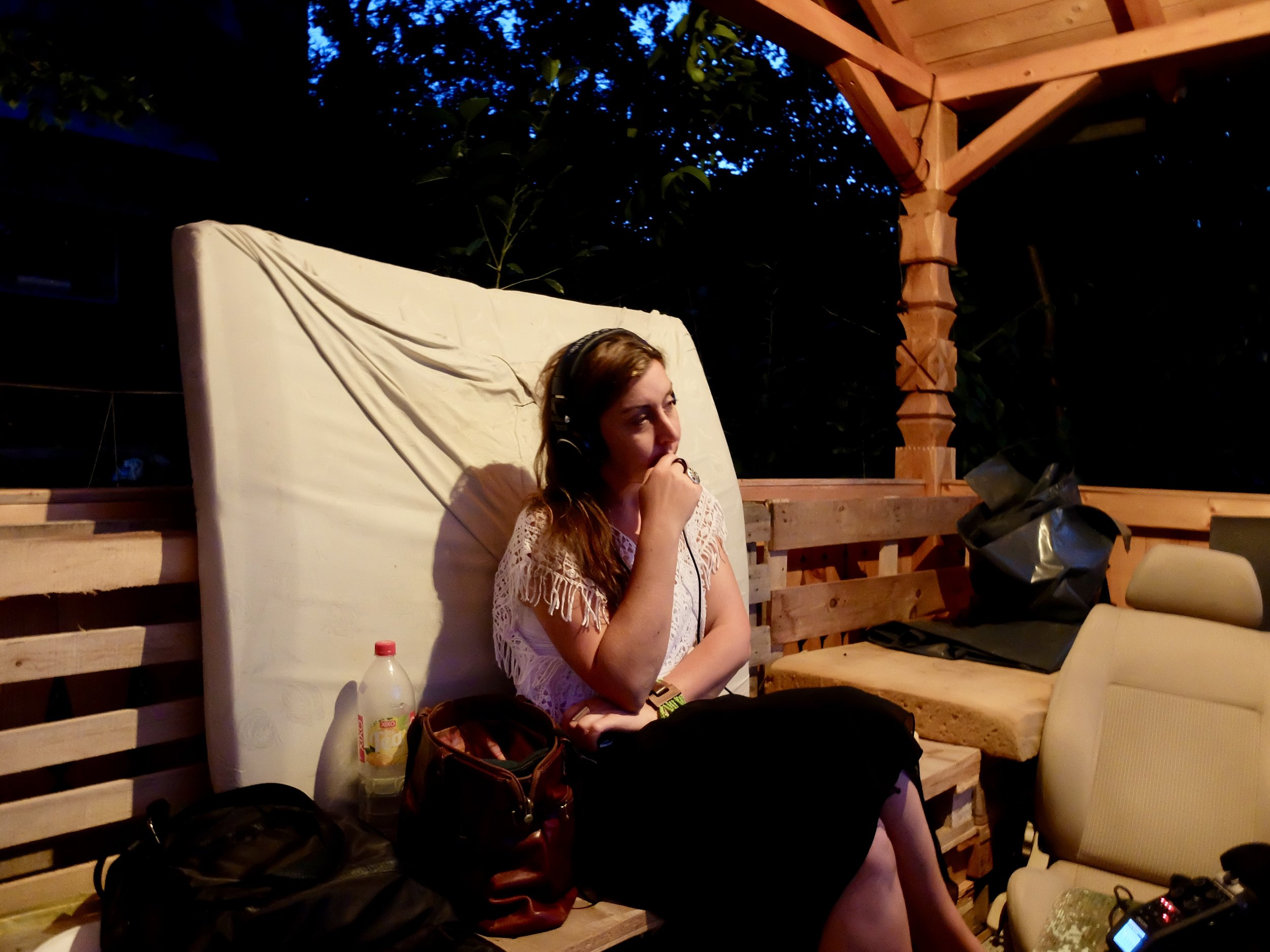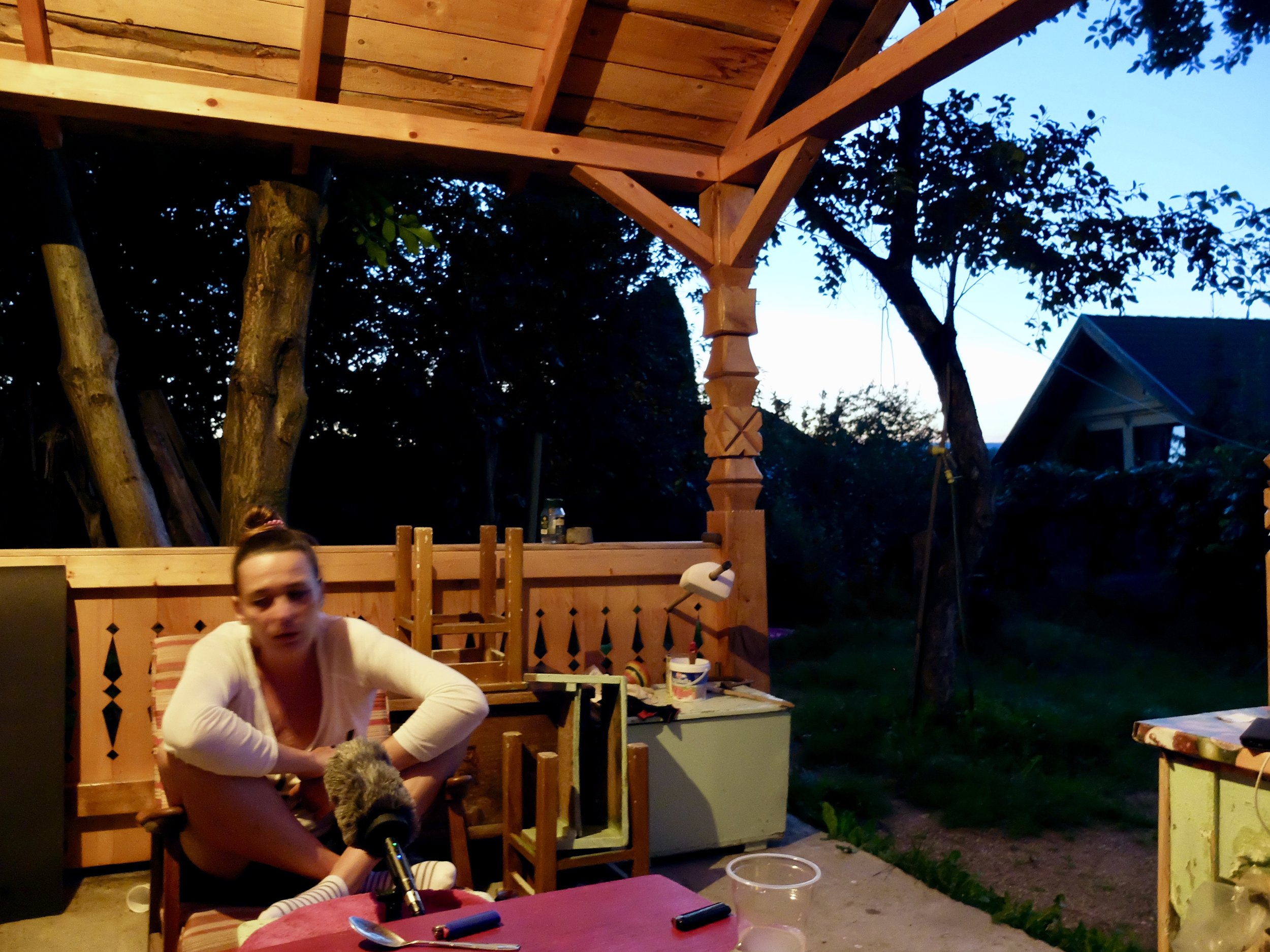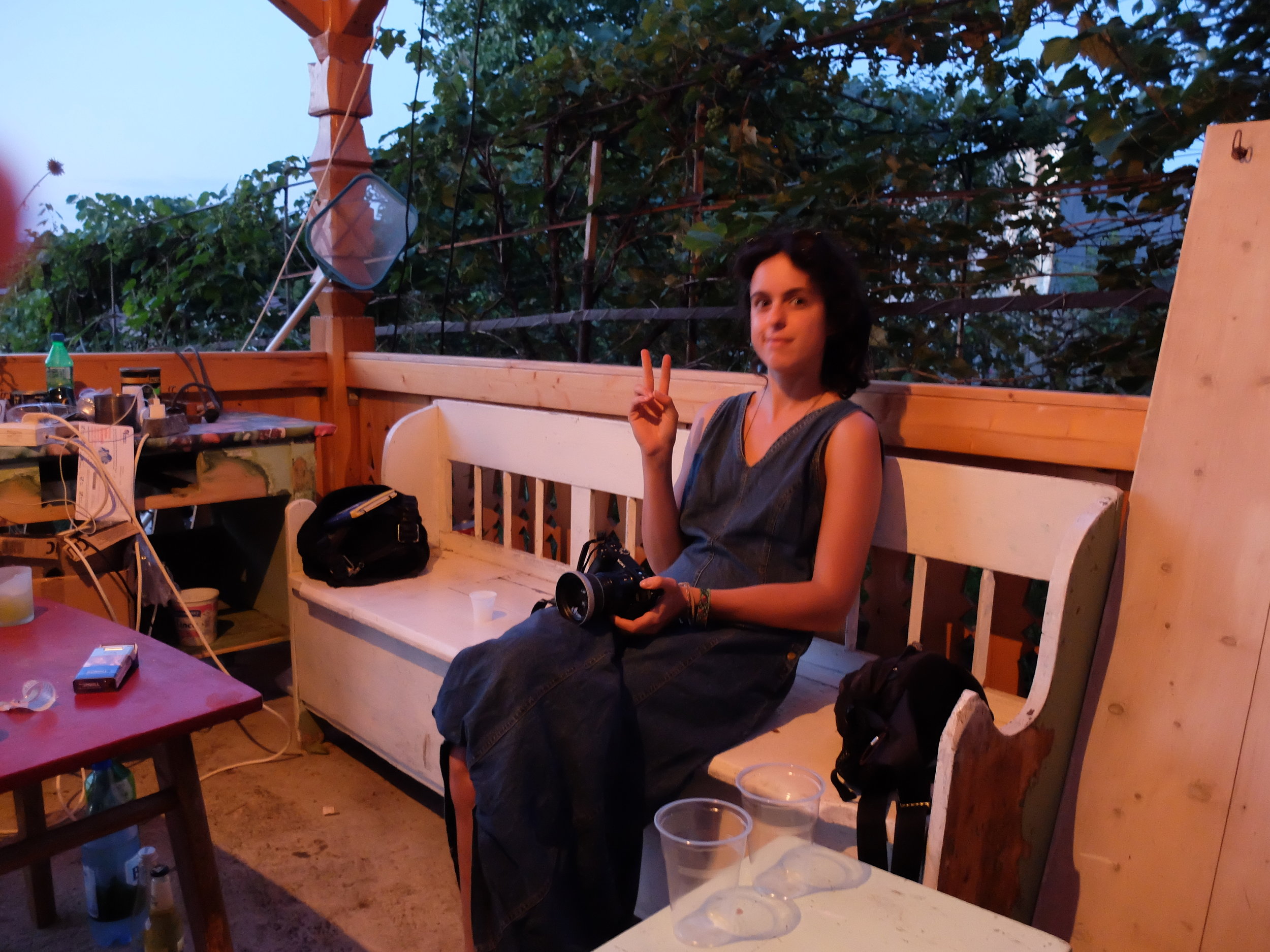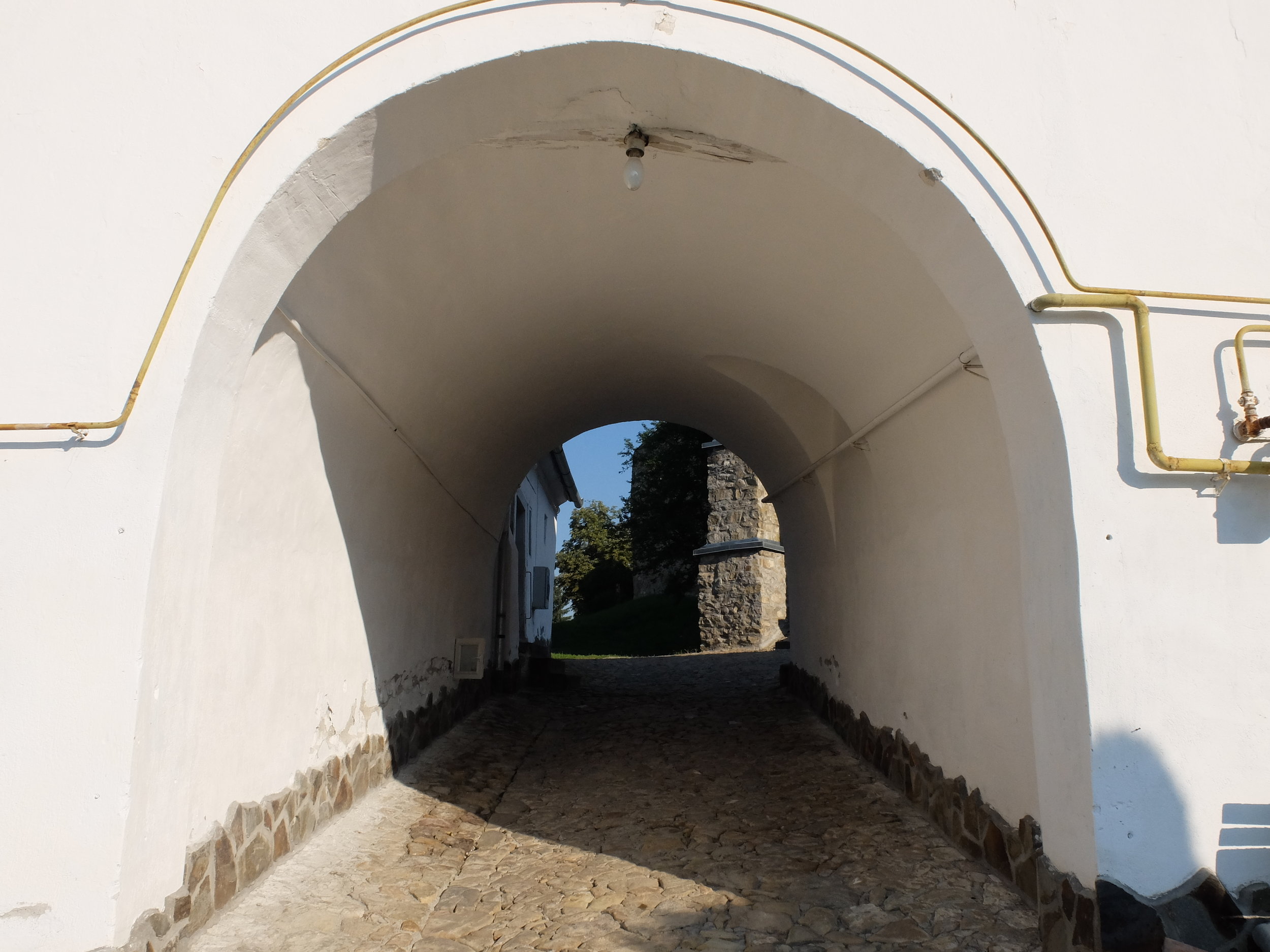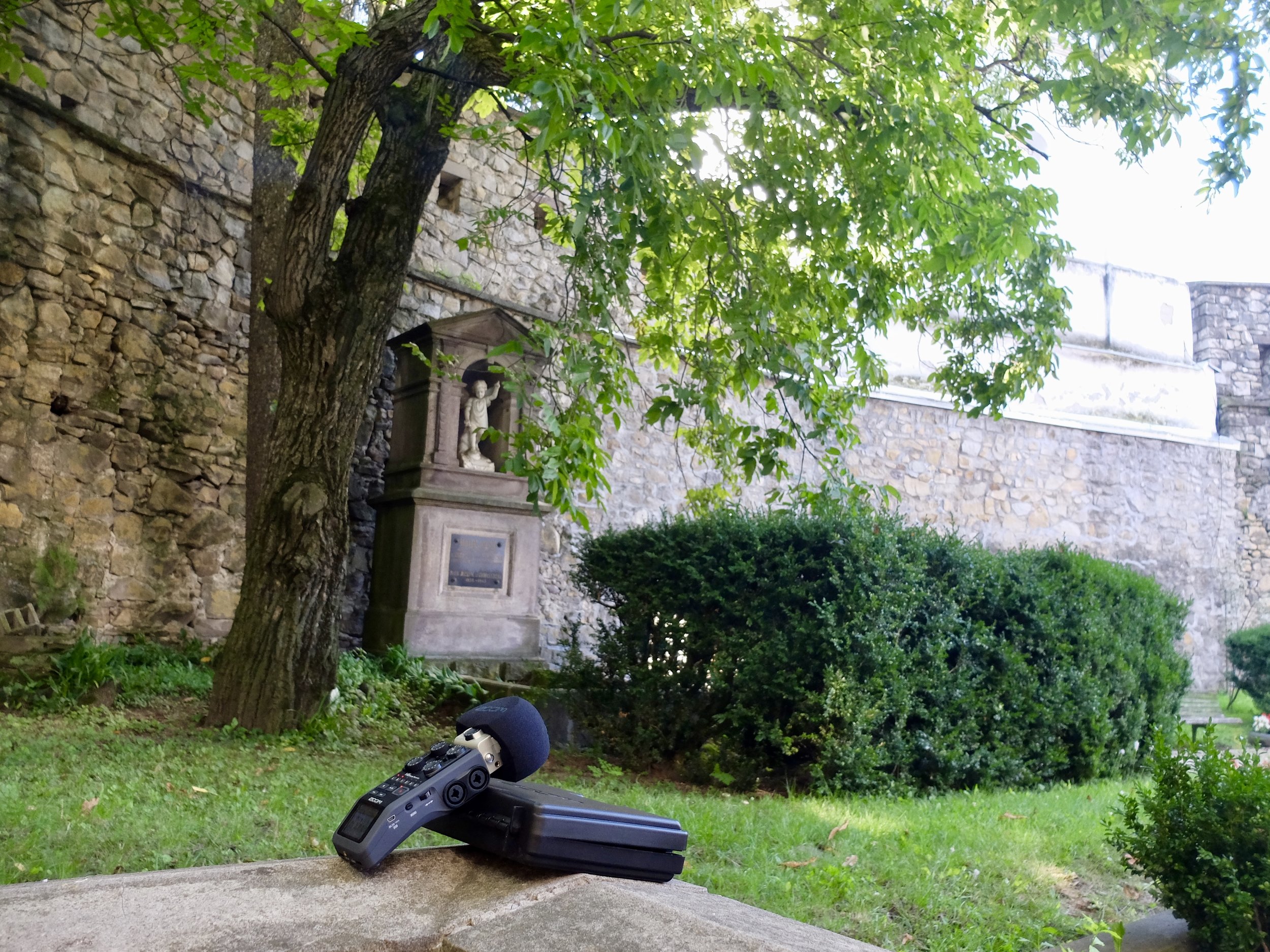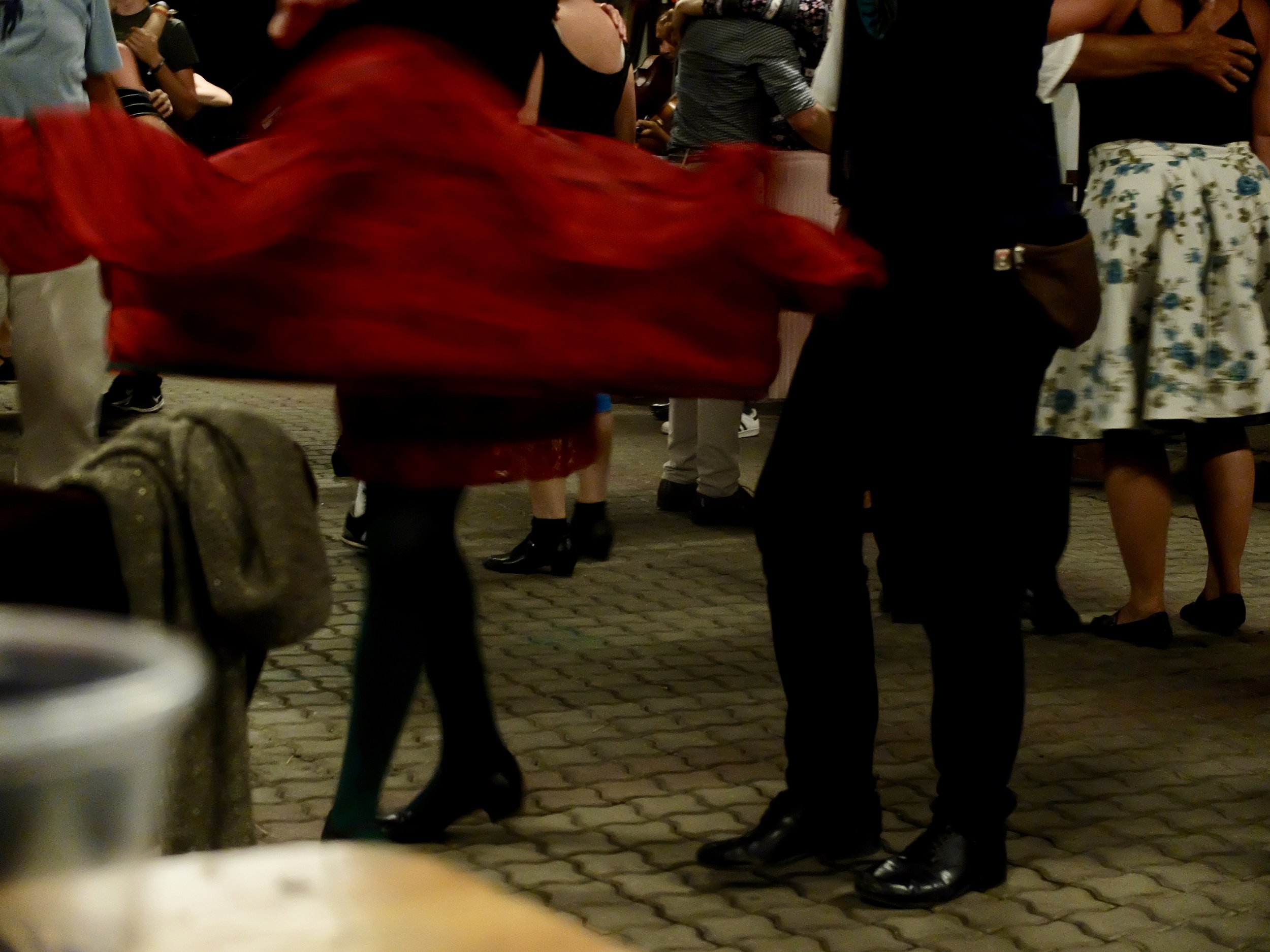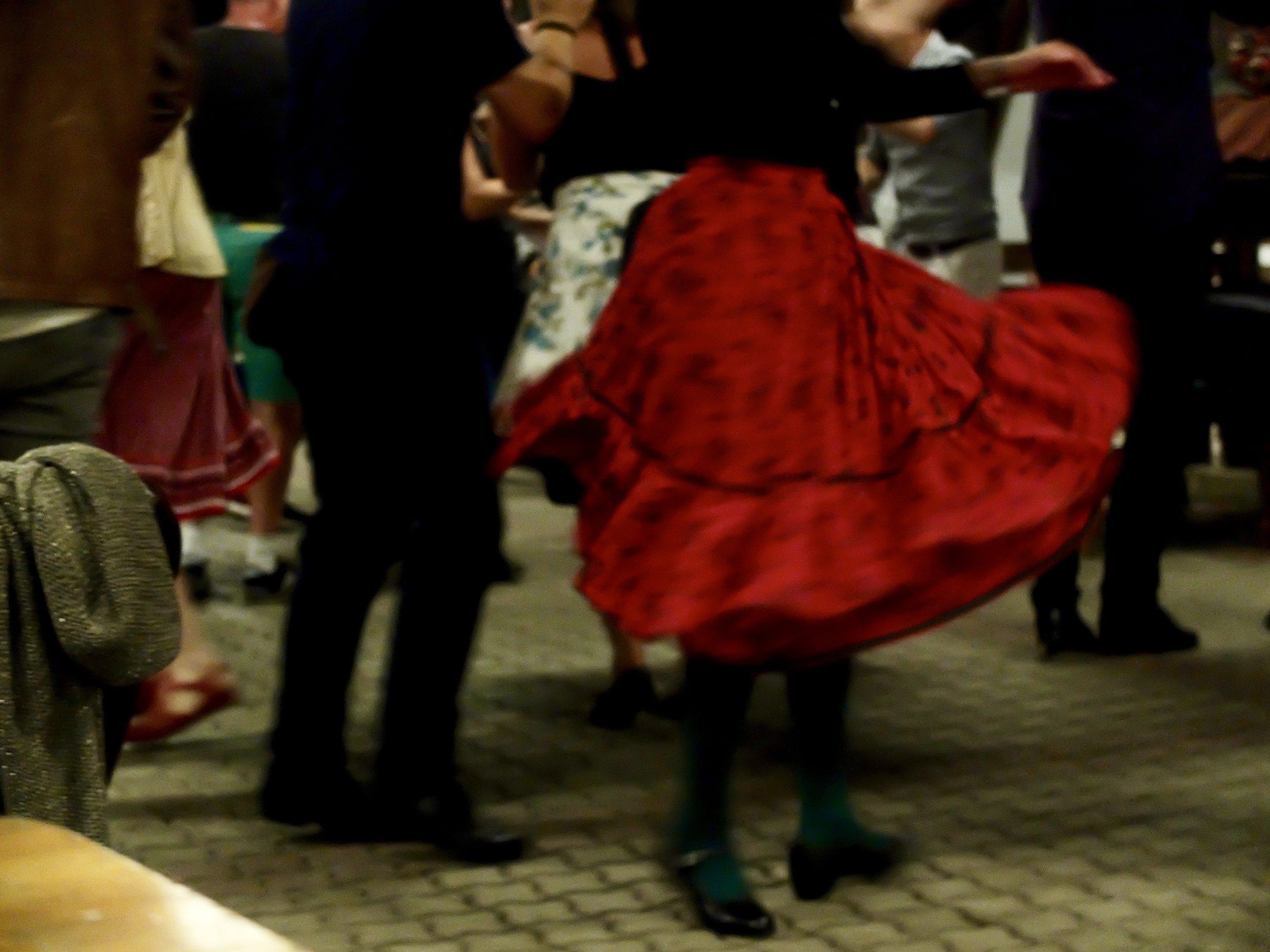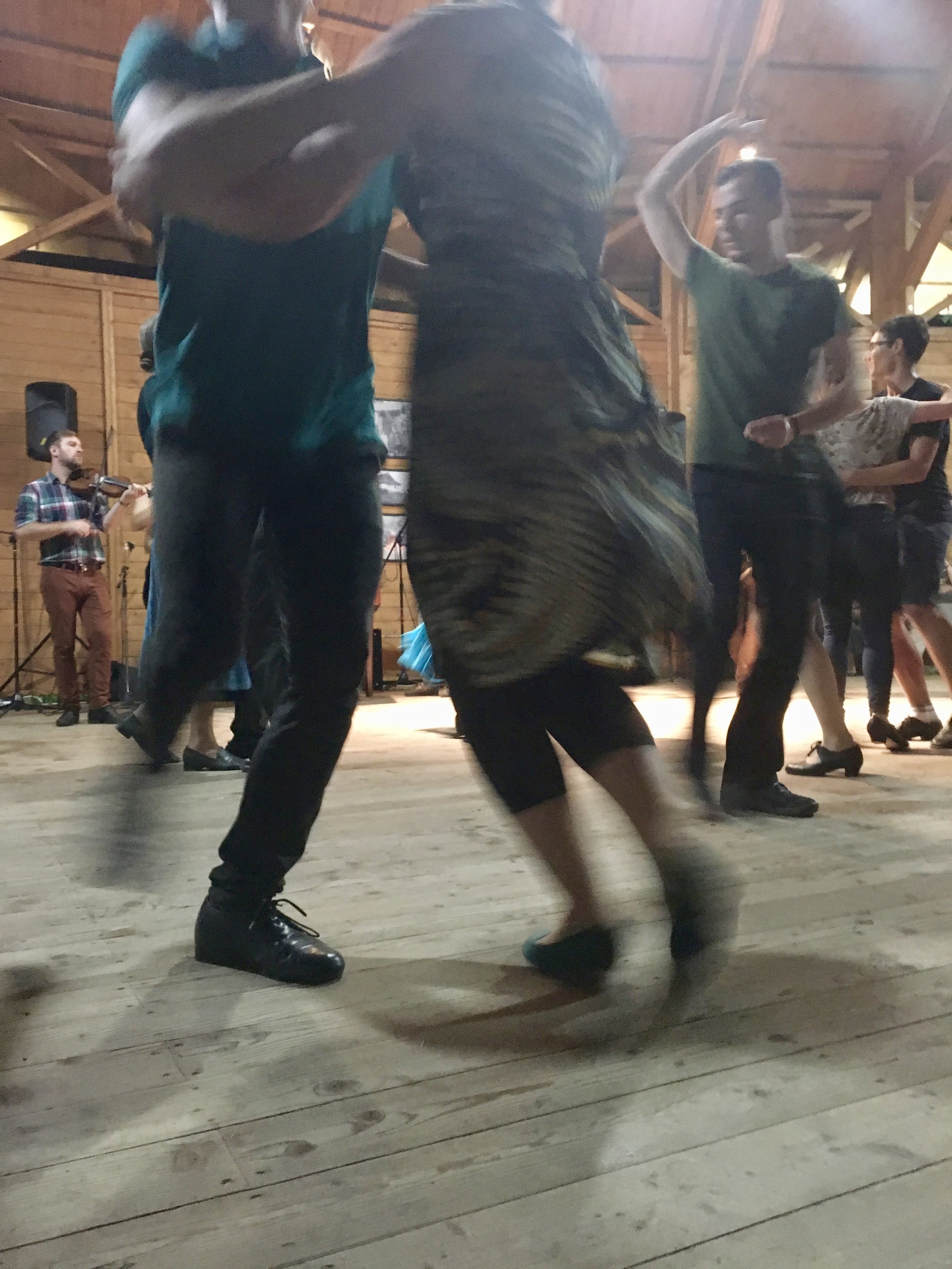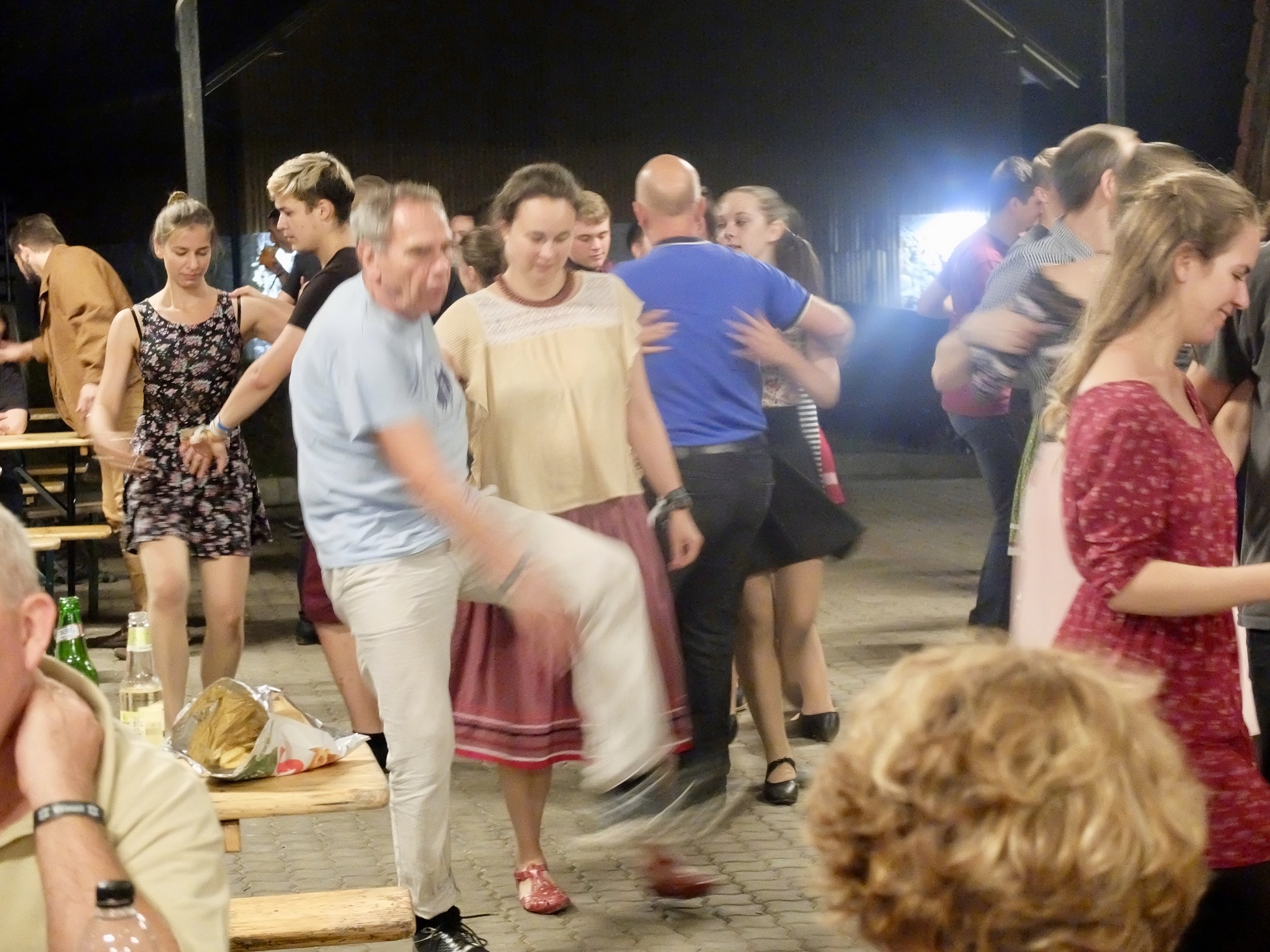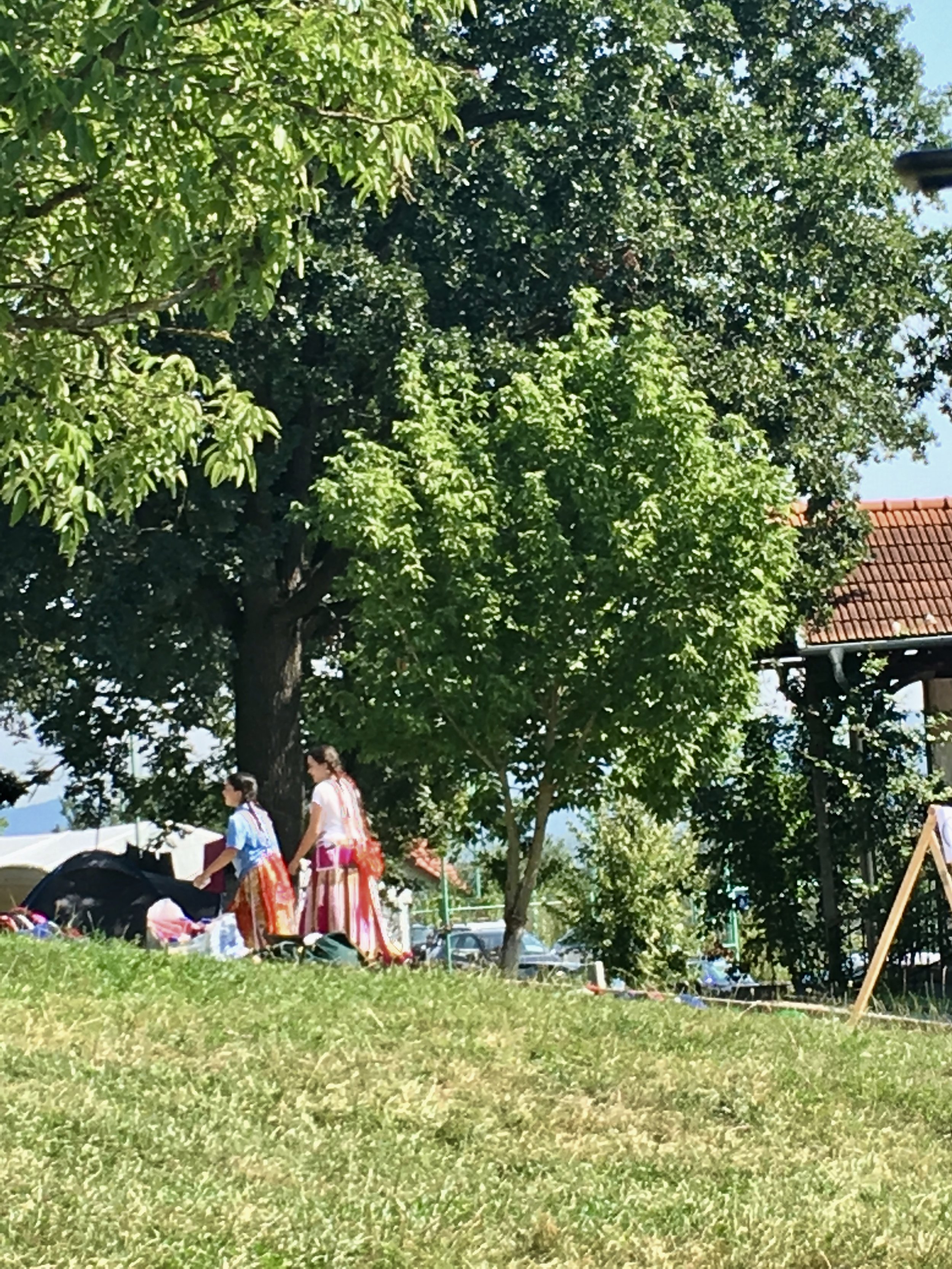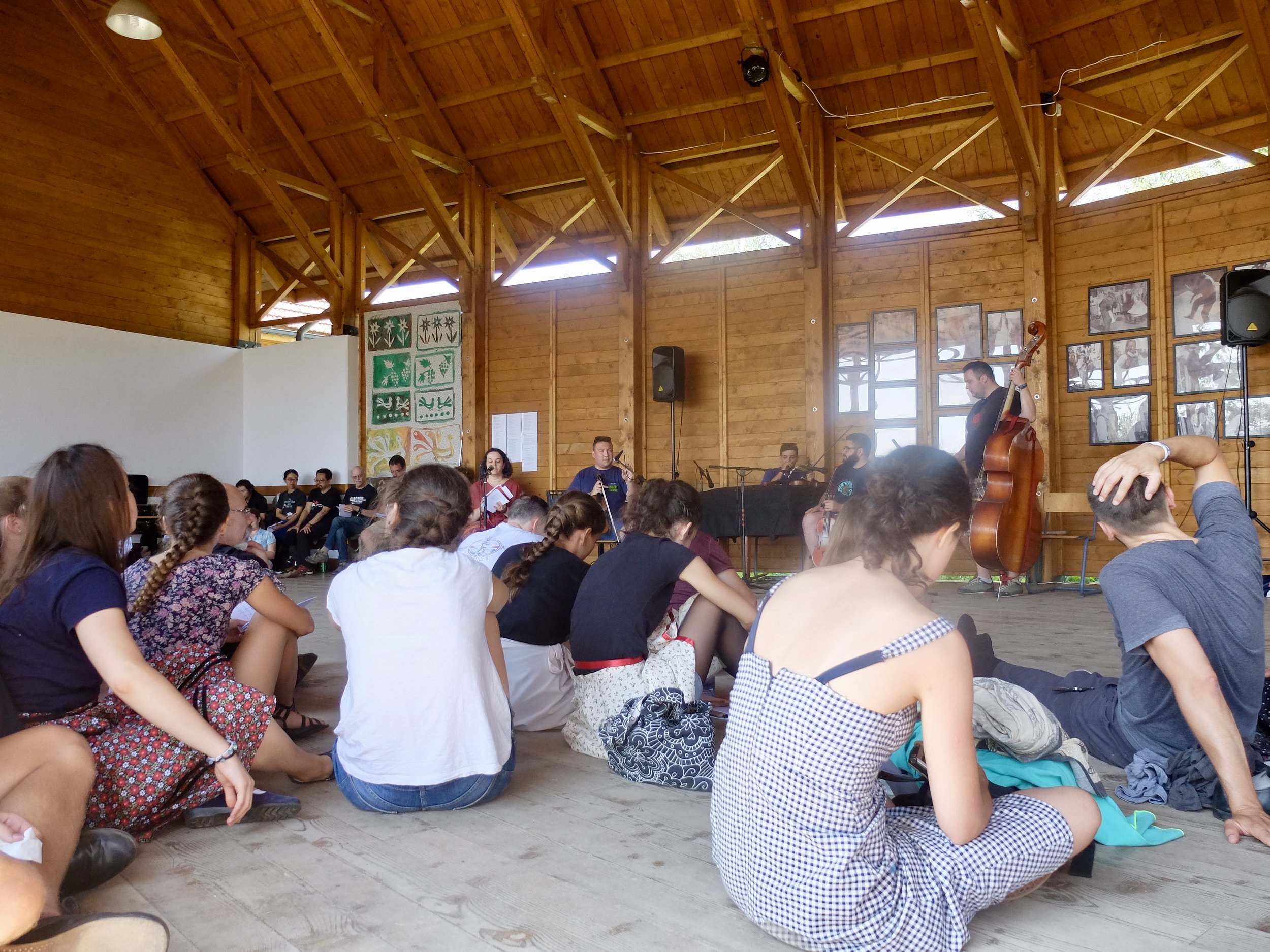7 – Field recording, Transylvania
We open the trapdoor and descend, west-east across Transylvania, through the copper, silver and gold ….
To record the storyteller Szabo Enikő, Anita and I drive to Sepsiszentgyörgy, Transylvania, The capital city of Covasna County. (In Romanian, Sfântu Gheorghe). Before the 1920 Treaty of Trianon which effectively broke up the Austria-Hungarian empire, the region known as Transylvania was a part of Hungary. 77% of the inhabitants of Covasna County are ethnic Hungarian in recent census. It is a complicated history of the traumas and consequences of war, cultural upheaval and geopolitics. Enikő says to me during our first recording, “we are Magyar.”
Travelling. Big horizons, resonant forests, distant mountains, big cities and small towns. No fences. The pace of life at once terrifyingly fast (mad highway drivers) and disarmingly slow (horse power). It’s a journey that feels like a story all its own – a hero’s journey, we only half-joke. We meet and overcome various obstacles, of varying grades of difficulty. A hobbled white horse in the middle of the road, getting lost in forests and on plains with Google Maps leading us to impassable routes, our own adventurous spirits leading us down other impassable routes, a freak accident with a parked truck at 2am (no one hurt but the car and pride), and another freak meeting with the only muddy bog for miles in the middle of a field in 36° heat, with the only sound of civilisation a distant tractor … Anita is a champion, driving us through all of this and home again. We make friends with and hug the police officers after the truck incident. We push the car out of that muddy bog. As we drive deeper into Romania it becomes a game to spot copper, or silver, or gold spires on the churches that spear out of every horizon, loom over every town. Along the way I’m recording cow bells, fields, forests, towns, church bells and random indignant sheepdogs.
Sepsiszentgyörgy is a pretty town with its fortified church crowning a central hill. From Enikő’s backyard the church spire is lit up with shining silver light, floating above the rooftops and trees. We arrive later than expected (having not accounted for the fact that every journey through Romania takes about 2 and a half hours longer than Google suggests). Enikő is a beautiful soul, very in touch with the magic of the world. She also makes a mean plum pálinka! We sample this as I record her story. Her storytelling style is so compelling. She leans into her words, with a gravelly low voice and powerful presence. The story she tells is from her grandfather. But she is not entirely happy with her telling, and wants to include a section about the princesses pricking the shepherd with a pin to make sure he’s asleep. So the next morning, we go up early to the citadel church where Enikő holds storytelling camps for children. In the churchyard, we record again, and this is the recording I’ll use. Her voice is lower, more sonorous. Enikő’s telling draws out some of the darkness in the story and the transgressive magic. It’s in her tone and spirit. And after driving for two days across this country, I recognise the landscape in her voice.
We power back to the border of Hungary to get to a dance camp. This is a place Anita knows, and I’m grateful again for her vibrant adventurous spirit and love of music and culture, which has become an intrinsic part of this project. She has introduced me to the musicians, the dancers, who embody the tale we’re telling. At the Mezőség summer camp at Válaszút, Hungarians young and old meet. During the day they learn the dances and songs, during the night they dance and sing. We arrive just after sunset. We set up a little tent, get out the bottle of Enikő’s pálinka (not necessarily in that order) and join the party. By 4am, full of pálinka and beer and sausages and with the music continuing in the halls on the hill, I crawl into the tent to sleep.
The next morning we settle in the top hall where a singer is teaching the large group (perhaps 100 people in the hall) a song. She sings a refrain, they repeat. She sings it again, they repeat. Then they all sing it together. The song is a repetitive melody, a falling melody. A lament. The melody seems timeless and ancient, familiar and unfamiliar. I have the Zoom on the floor beside me, in the small strip of shadow afforded by a post (it’s August, the sun hot and bright). I’m recording, aware that it will be probably awful sound since it is propped up on my satchel just centimetres from the concrete floor. Still …
Soon I’m in tears and not certain why. It is a beautiful song, but I don’t know what the words are saying, I don’t know what it’s about. Perhaps it’s the hangover. Perhaps it’s the four hours of kind of sleep. Perhaps it’s actually a tuning in to the depths of emotional magic that this project has spun me into. It’s gratitude and wonder at the generosity and openness of all of the people I’m meeting. The beauty and sadness of this culture and it’s turbulent history. The deep listening that I’m so privileged to be able to practice, in this moment, in this place, and the surrendering of control it has taken to enable me to relax and simply do that. So OK, it’s just the natural effects of being in an actual fairy tale. And of course I am in an actual fairy tale, because here I am sitting in Szabo Enikő’s Garden of Fairies, listening to music.

